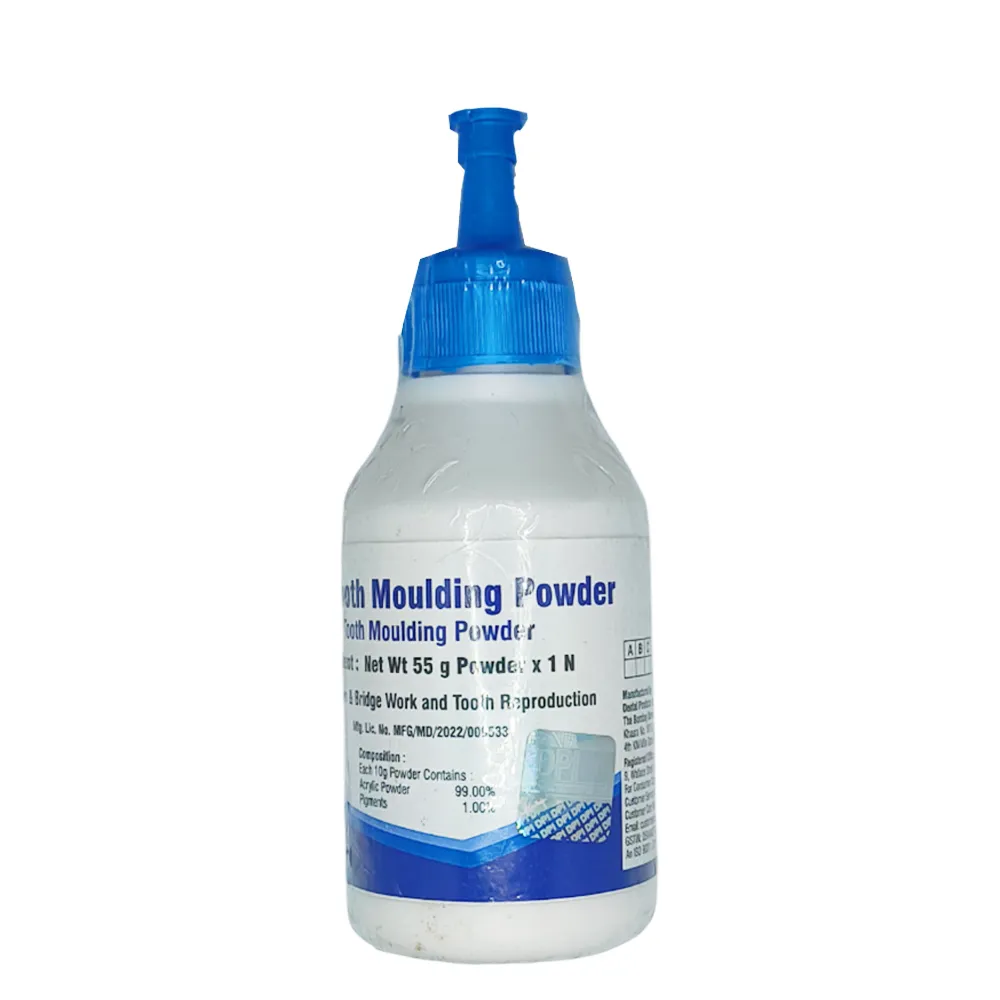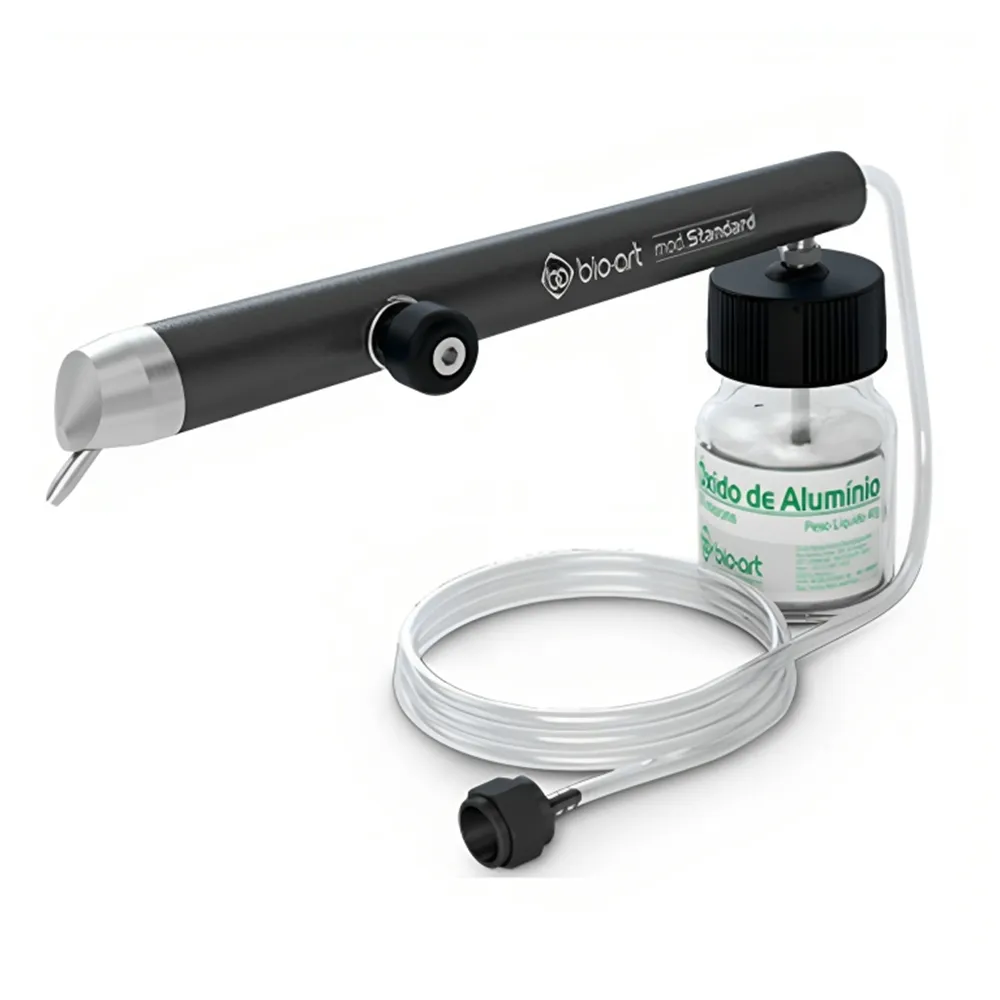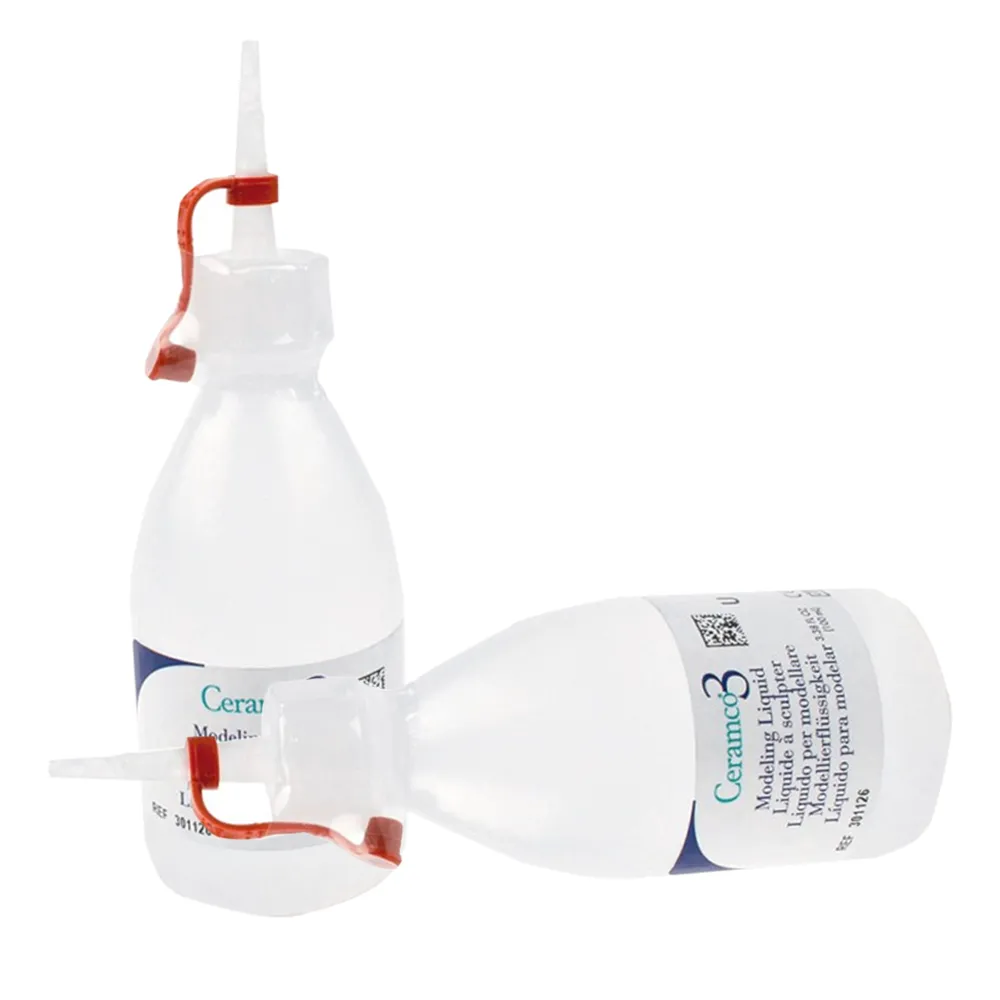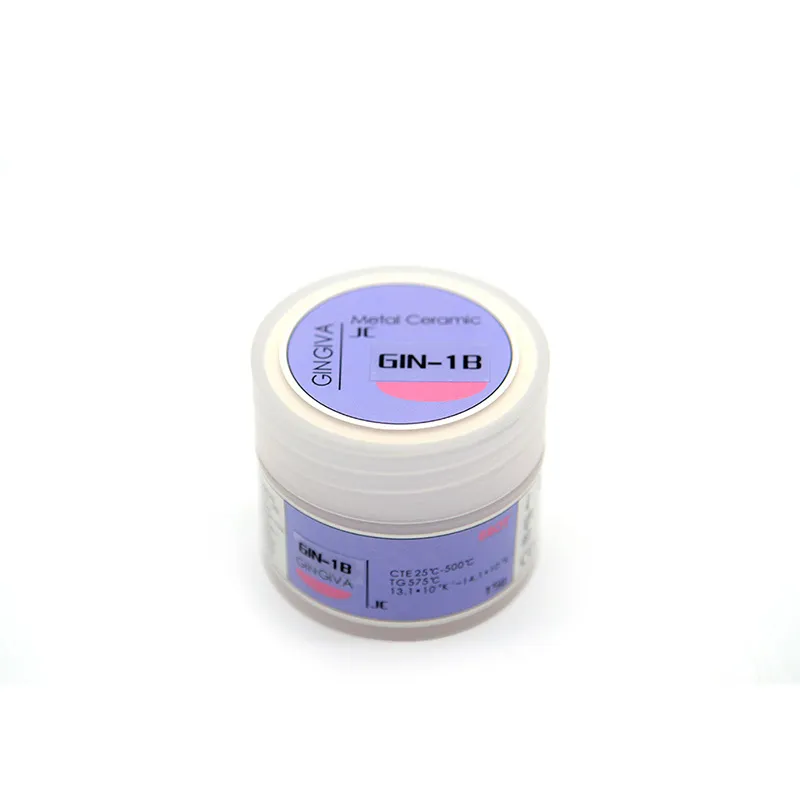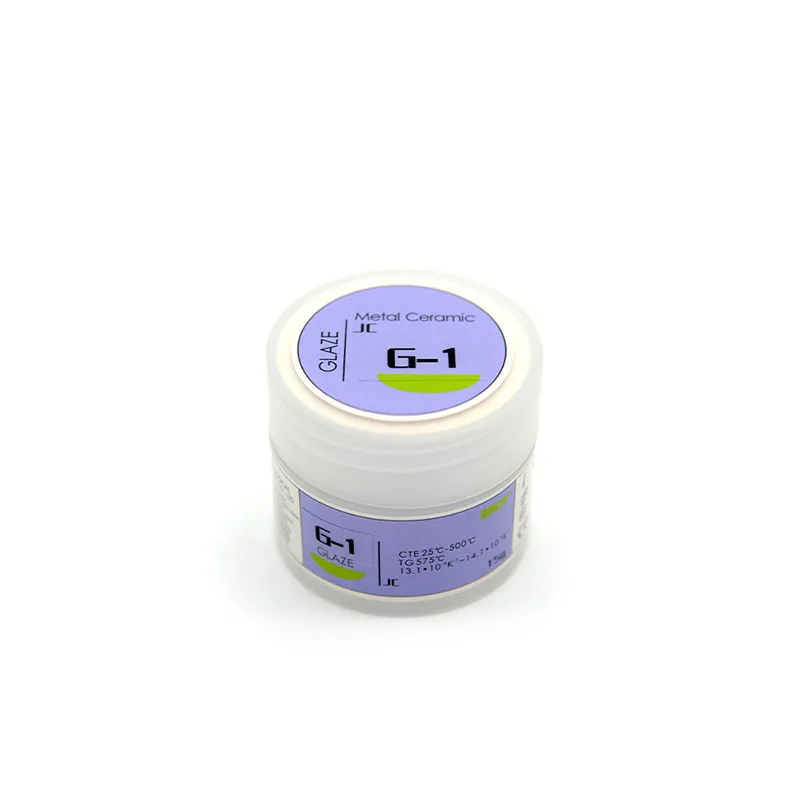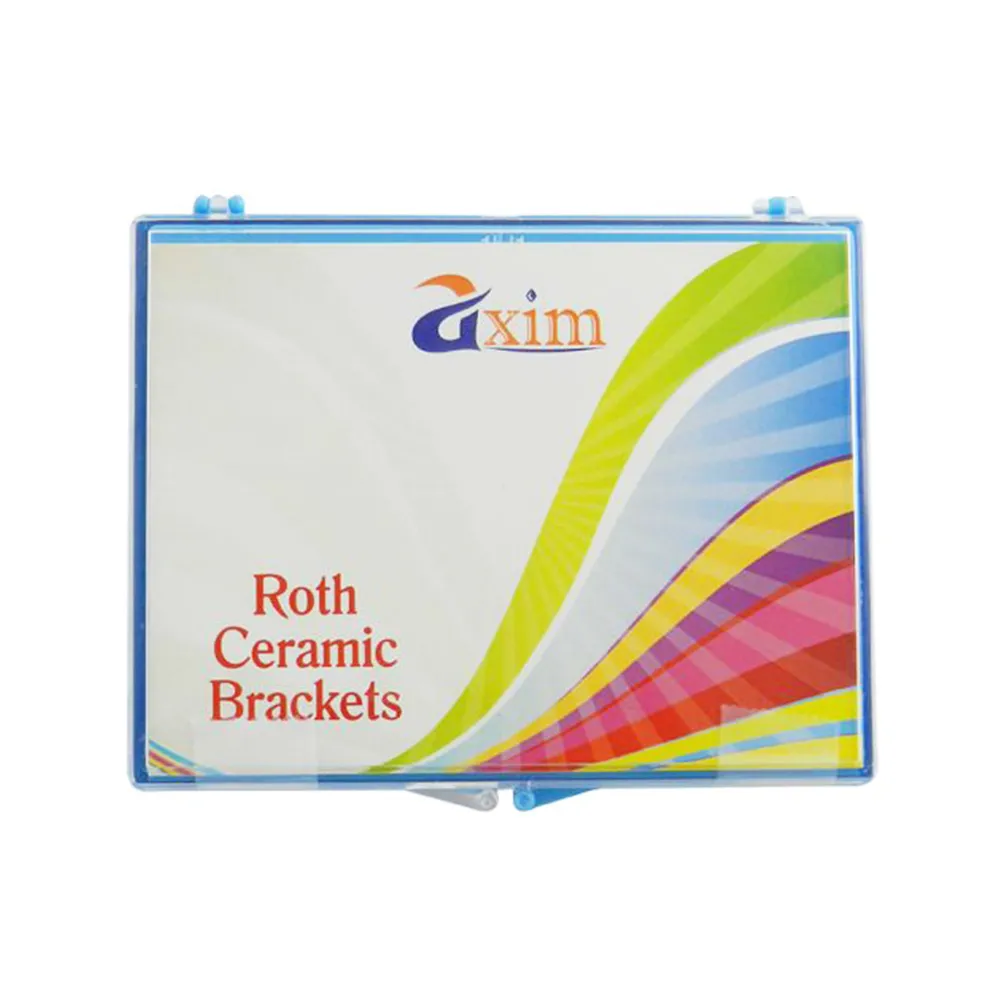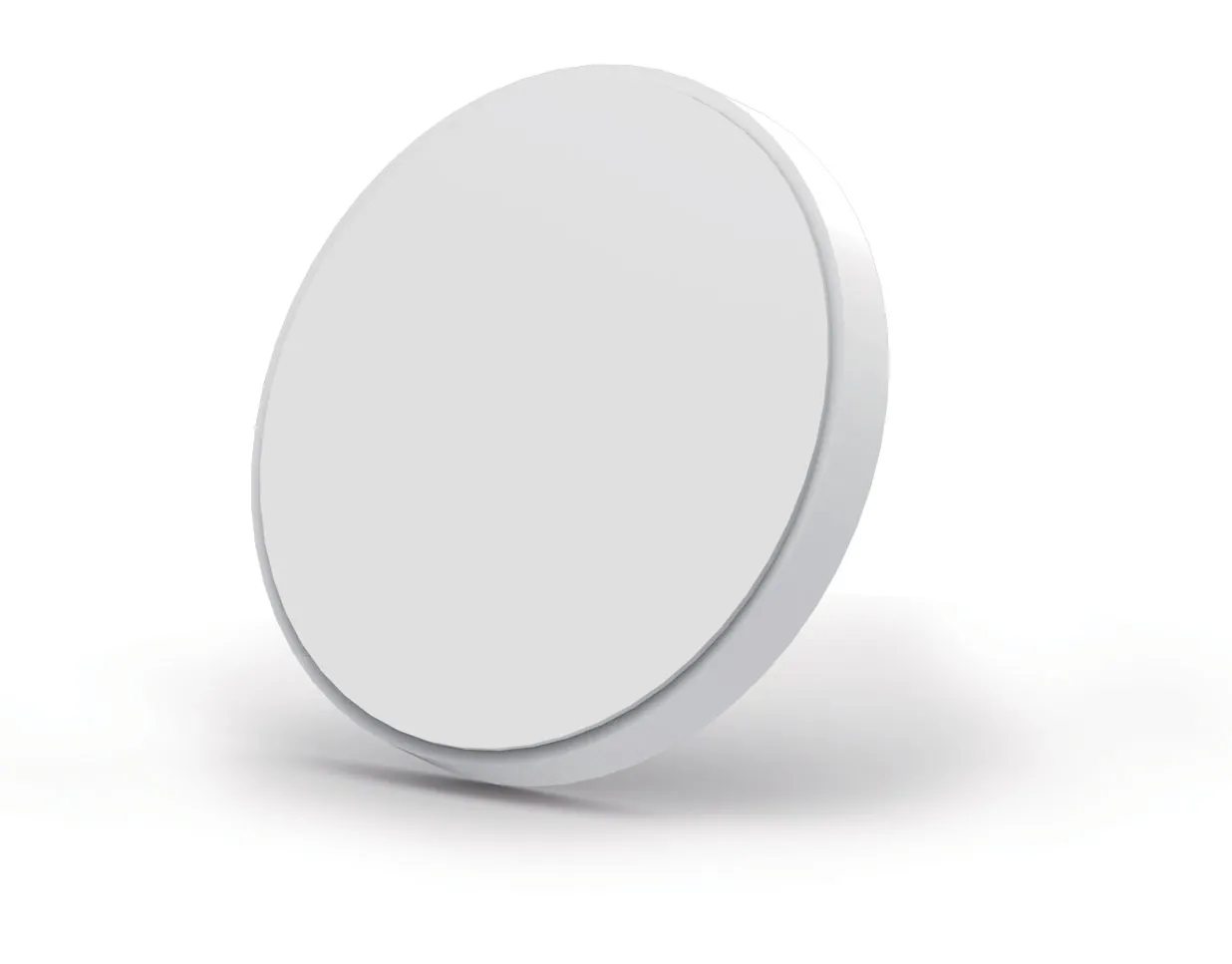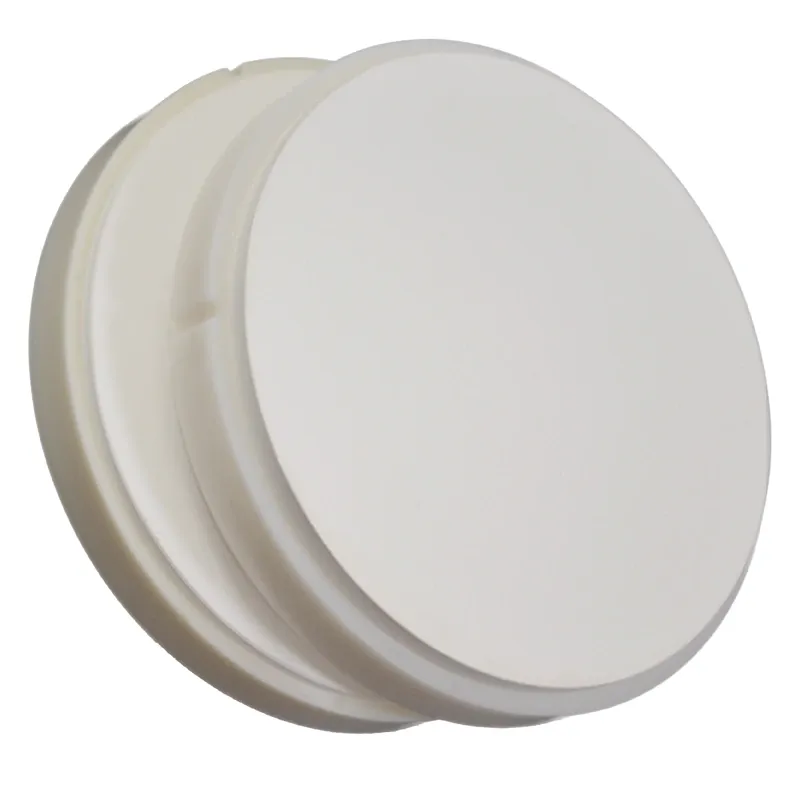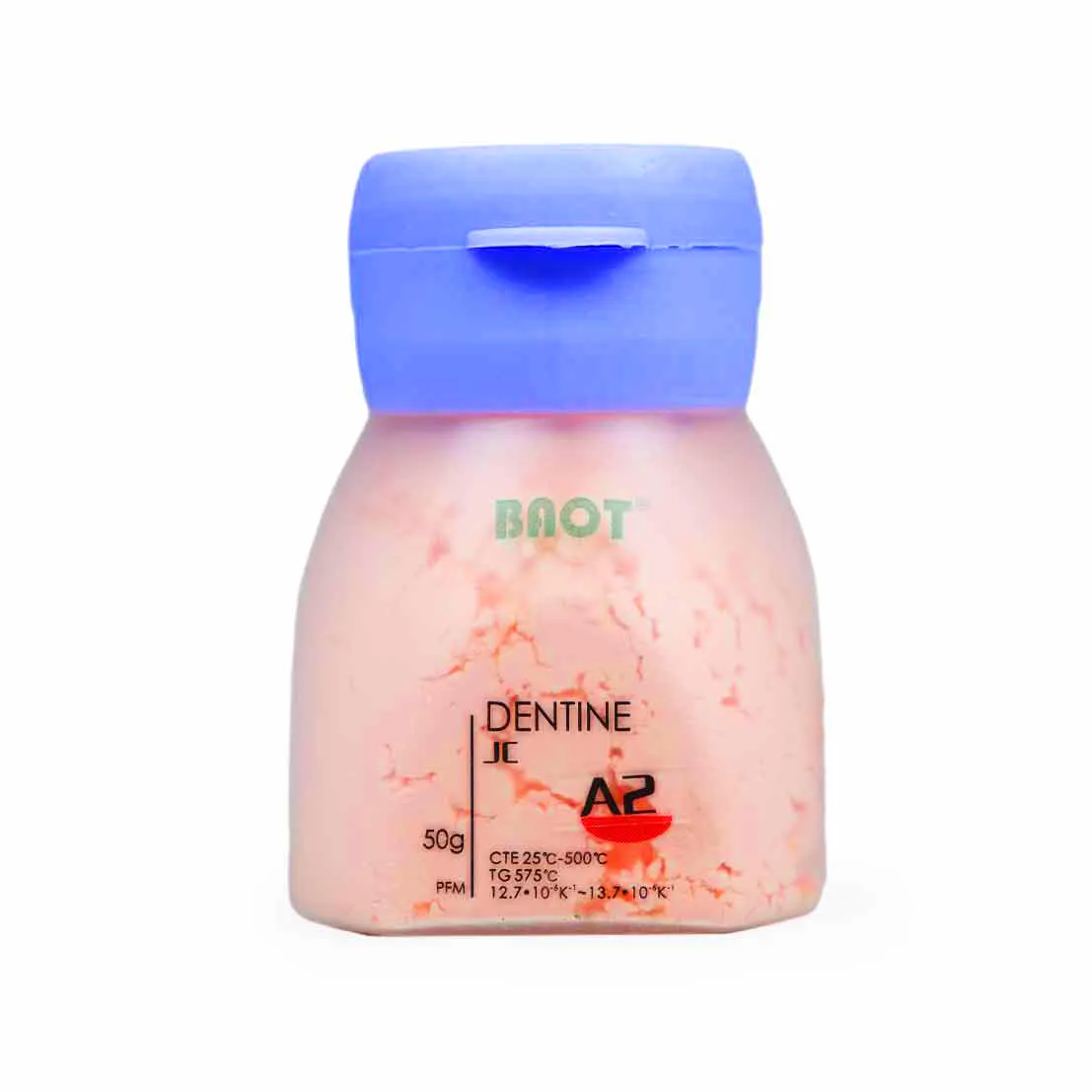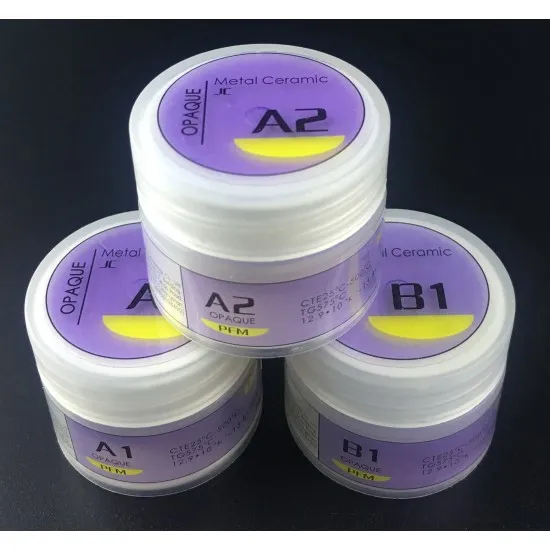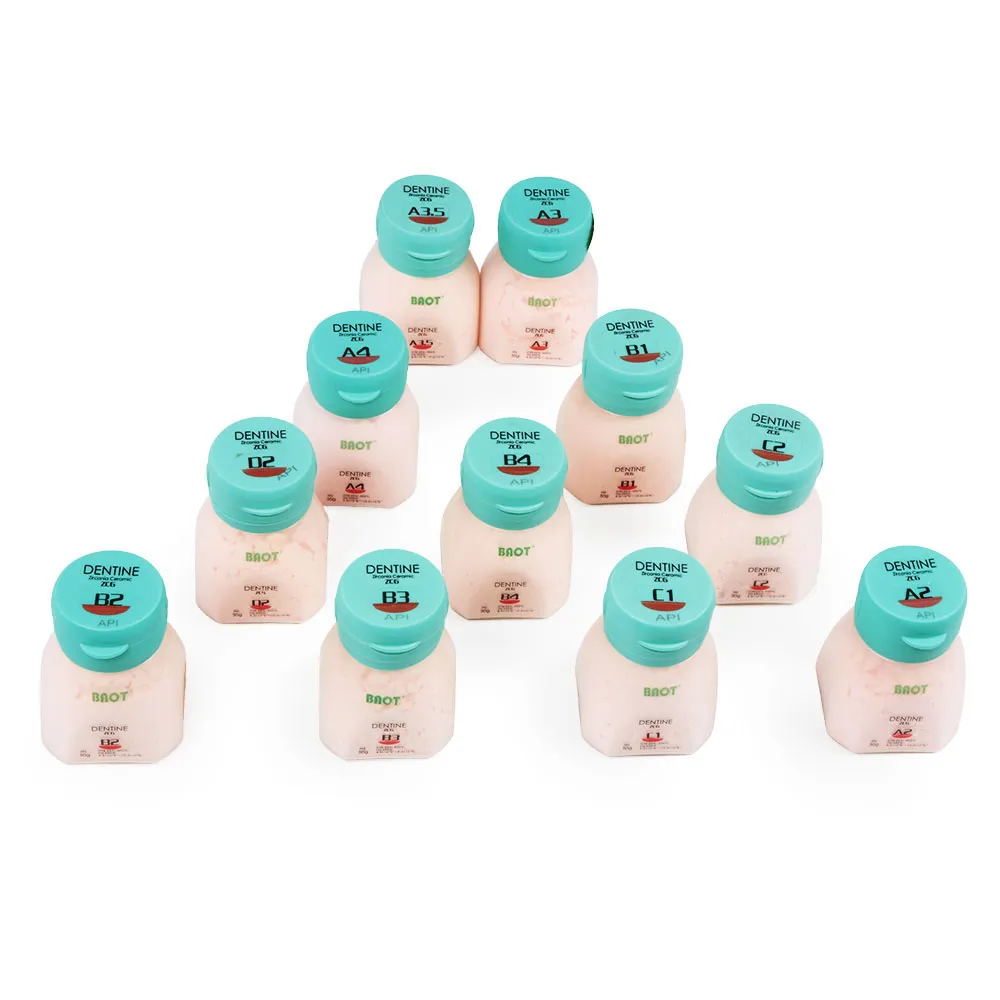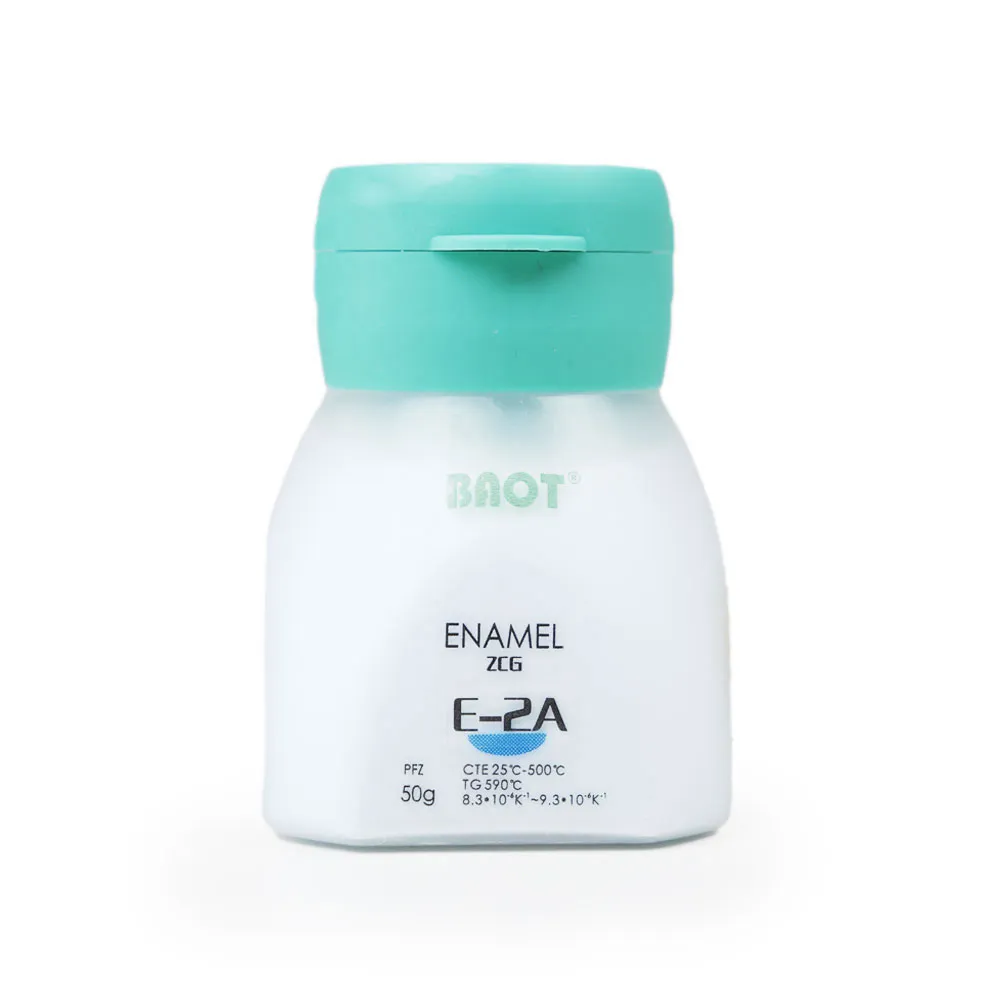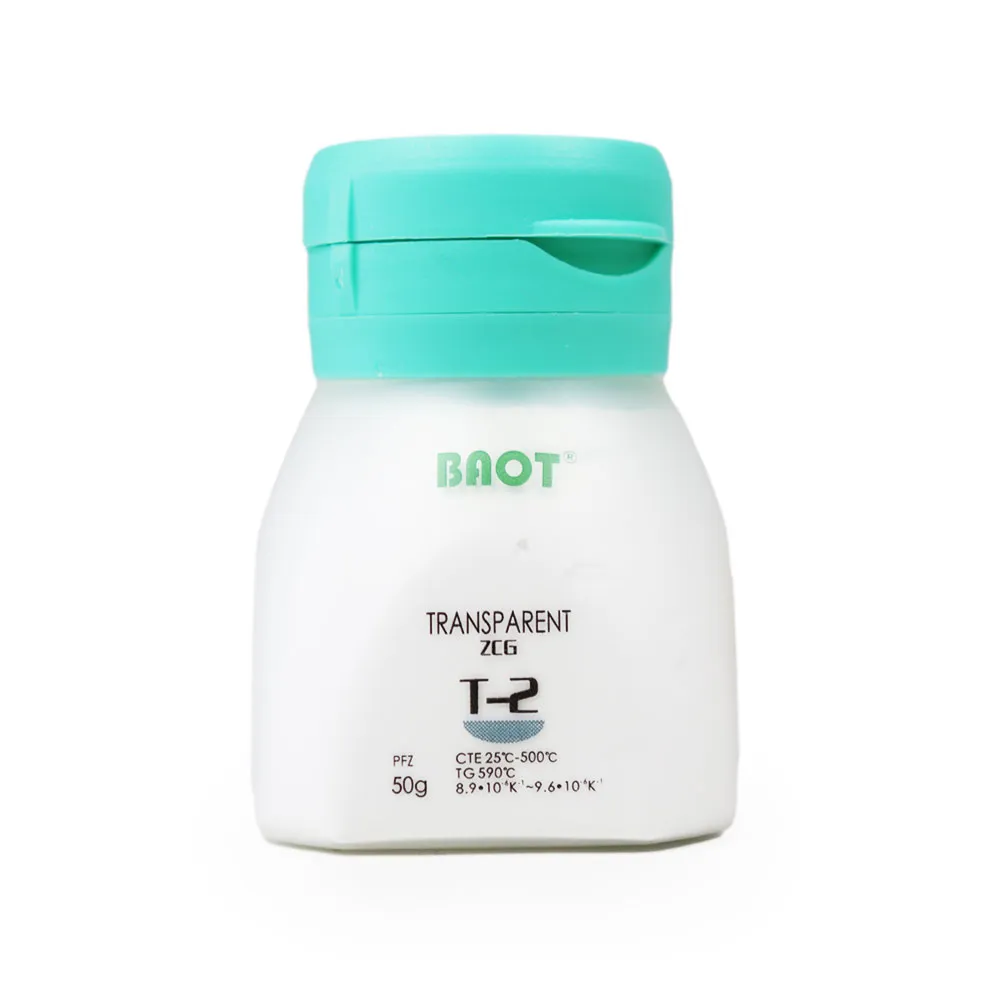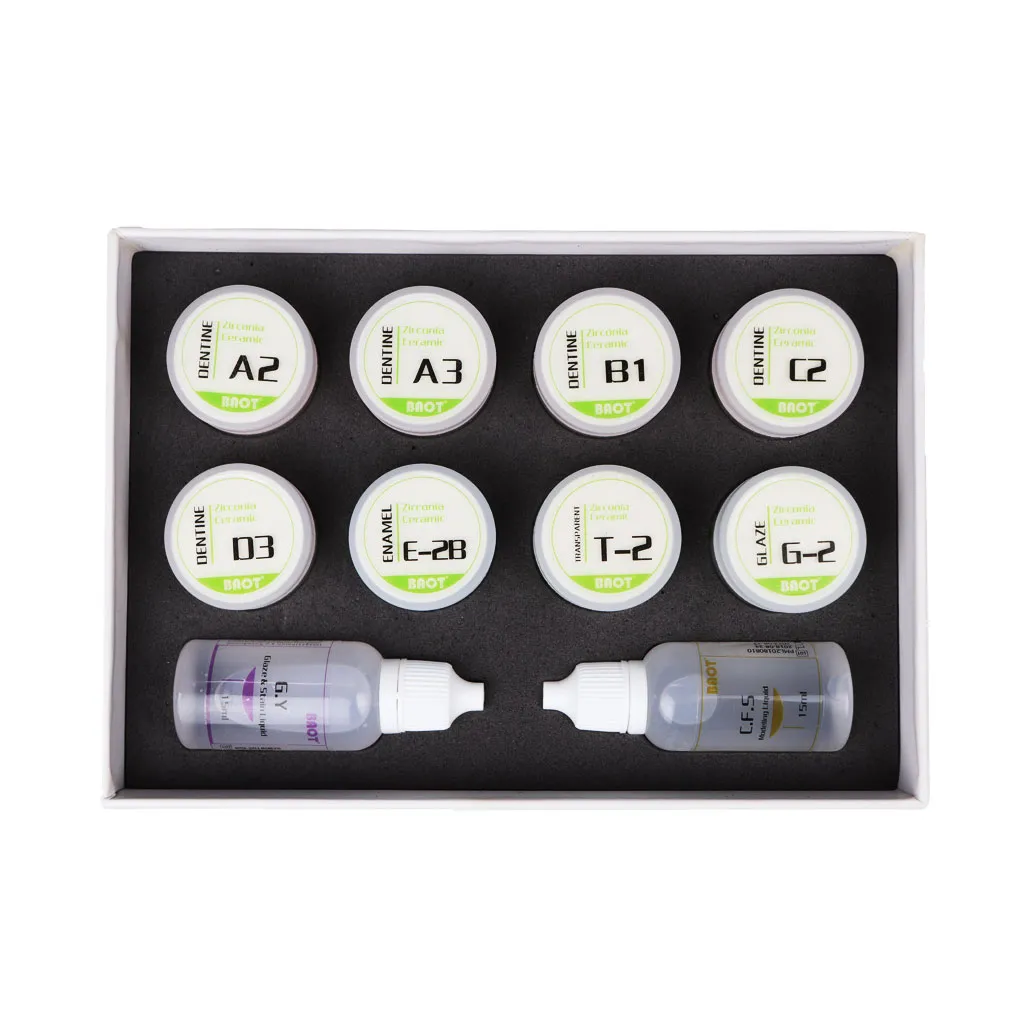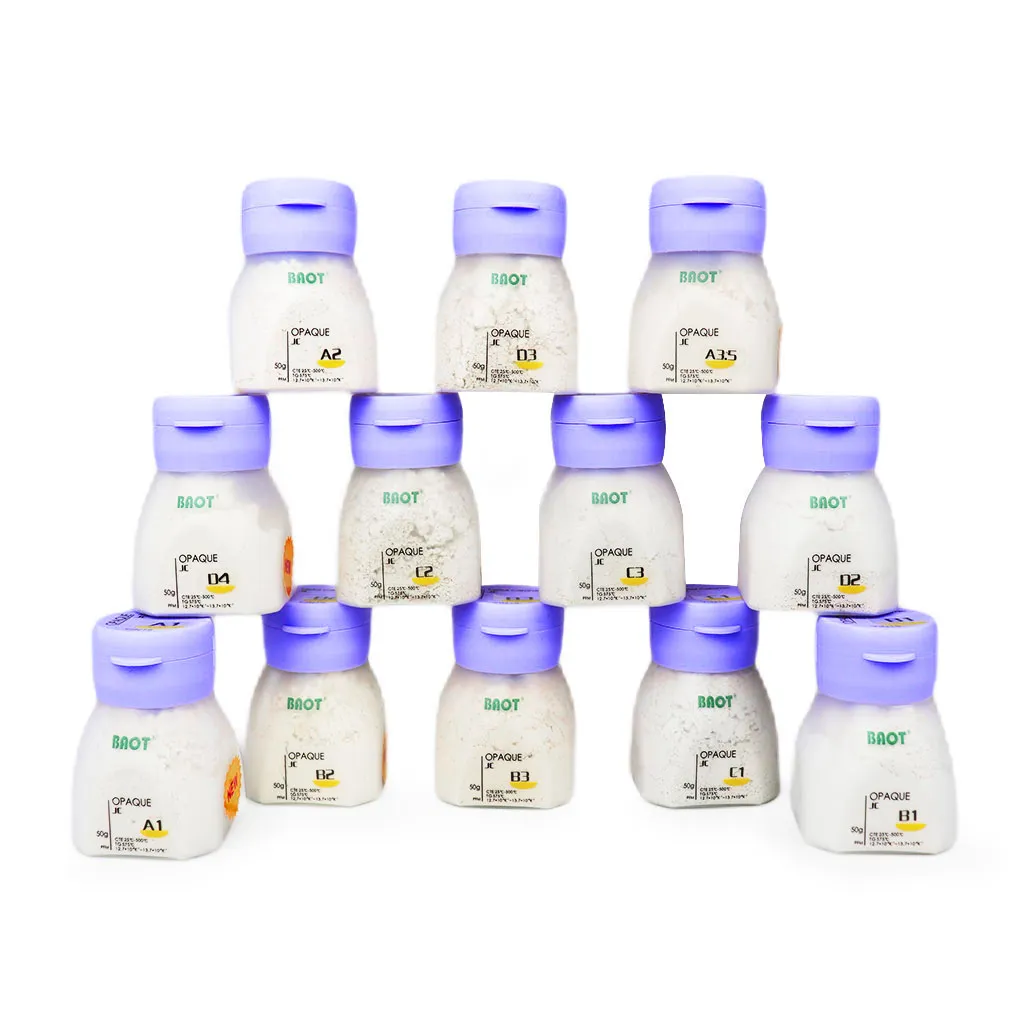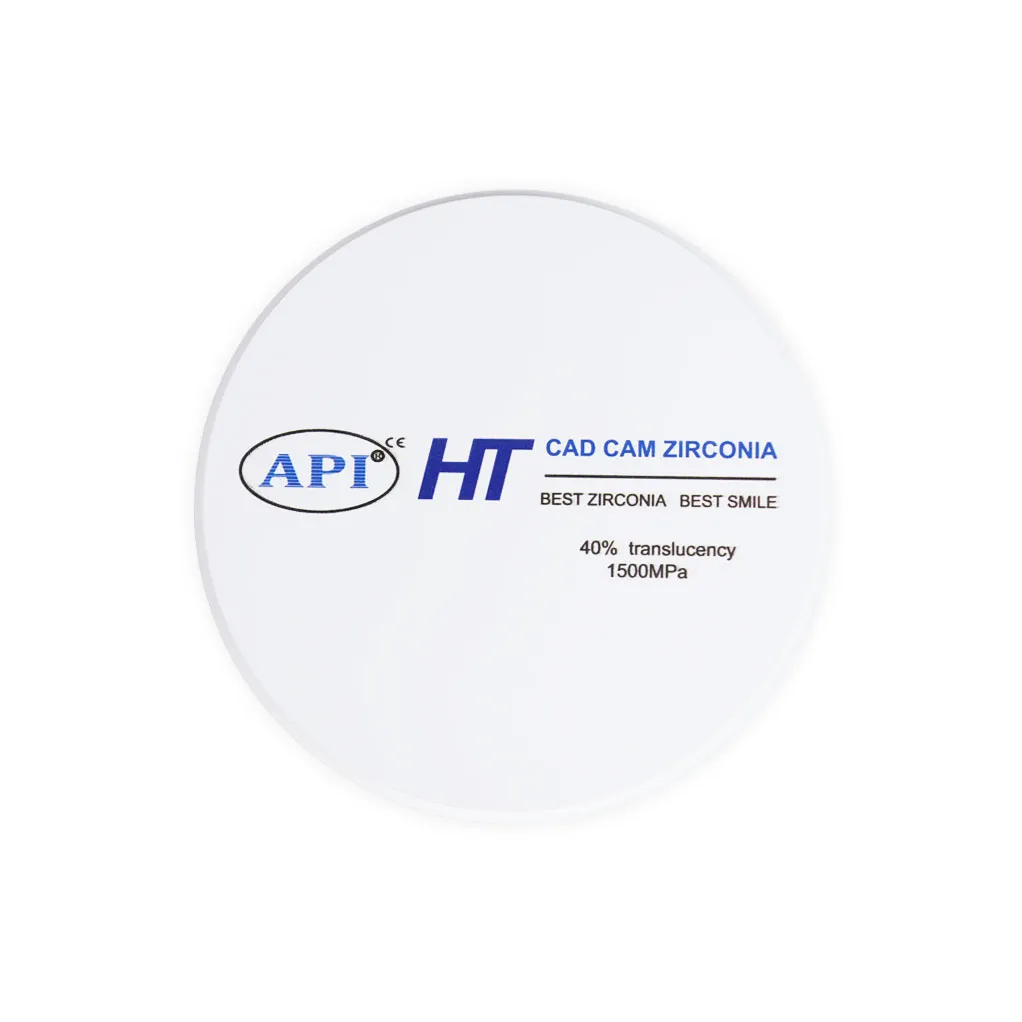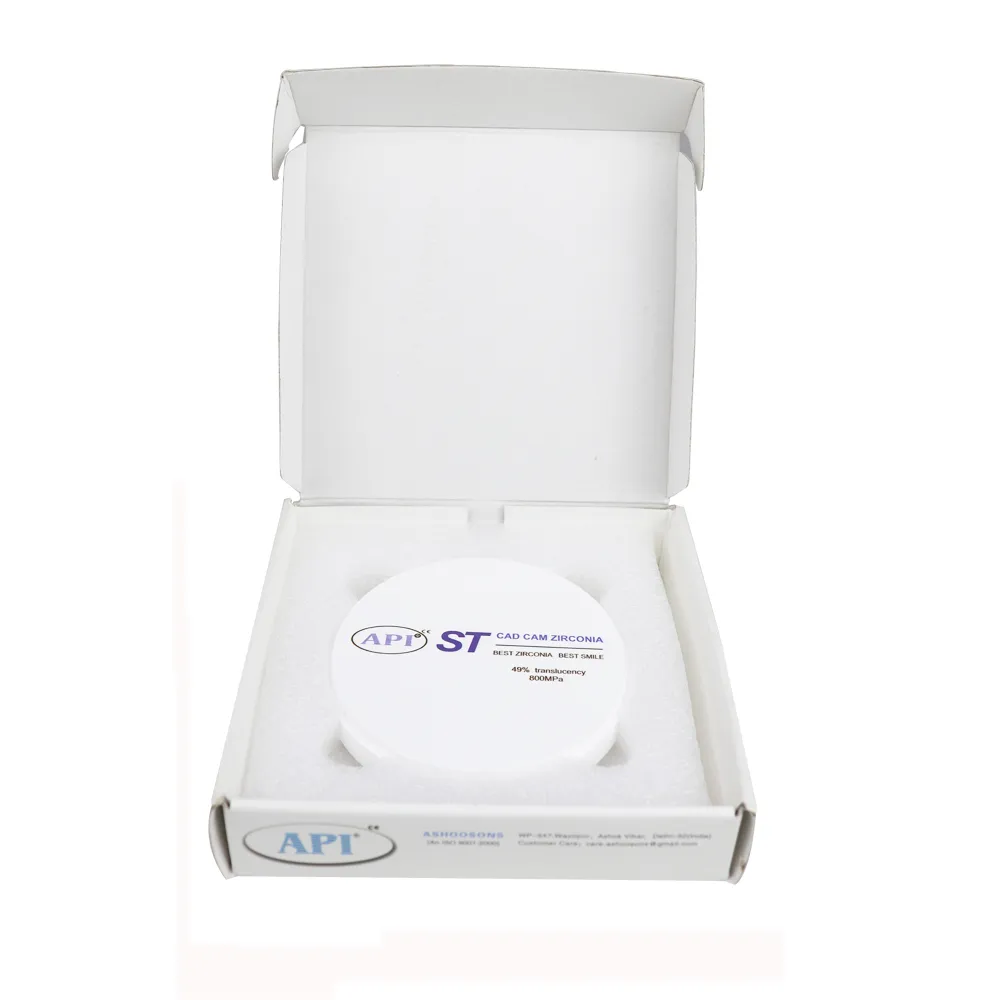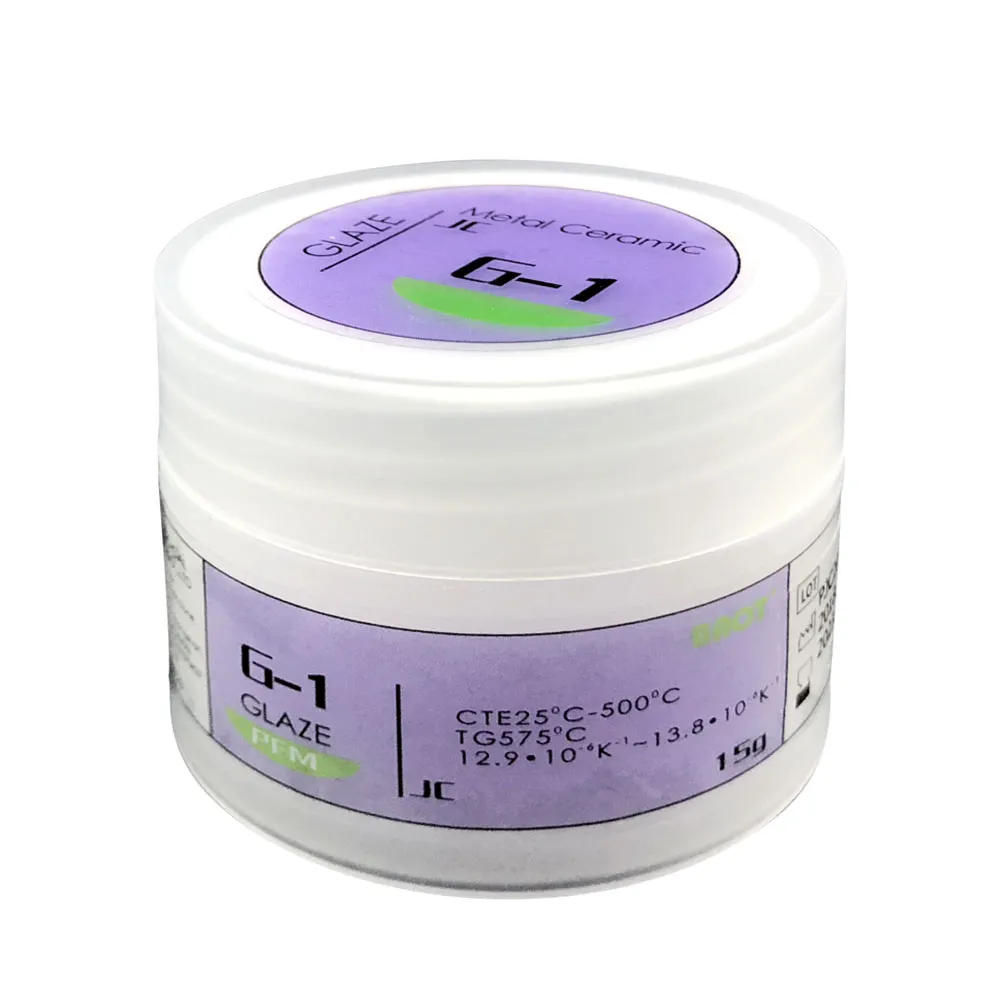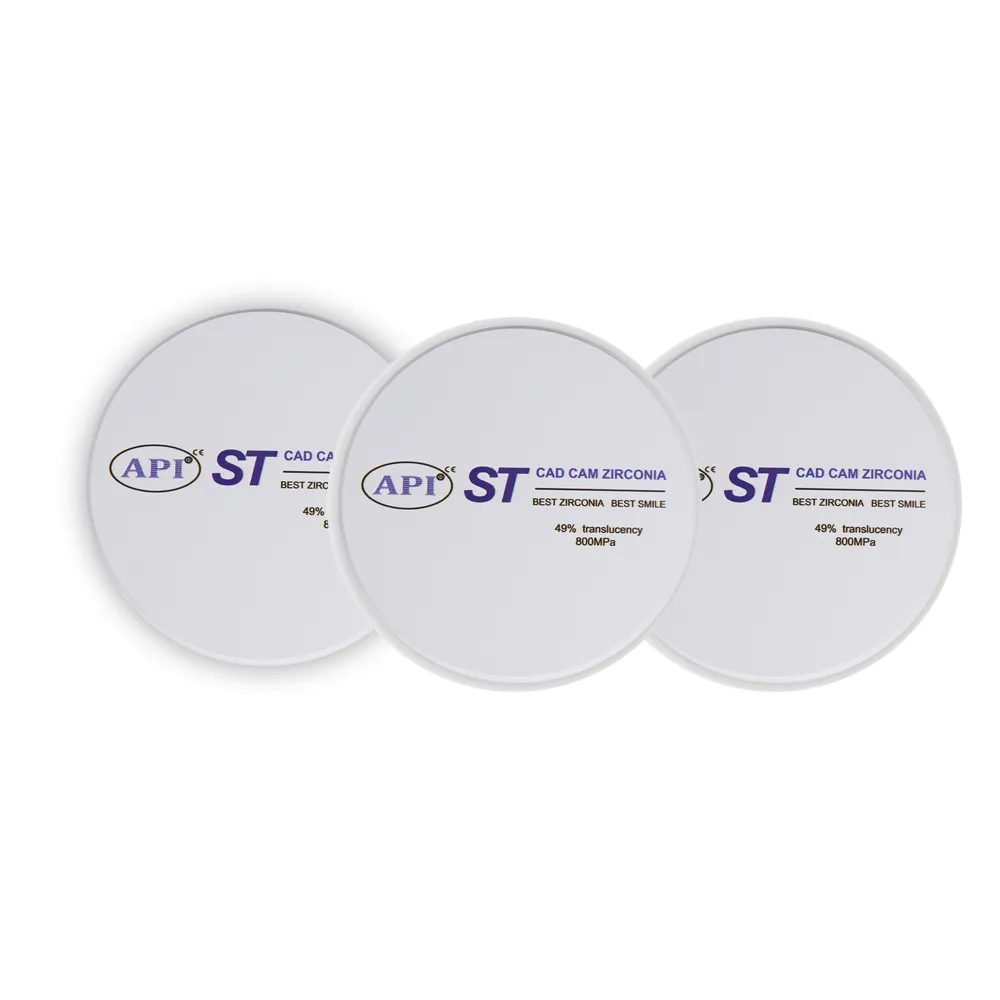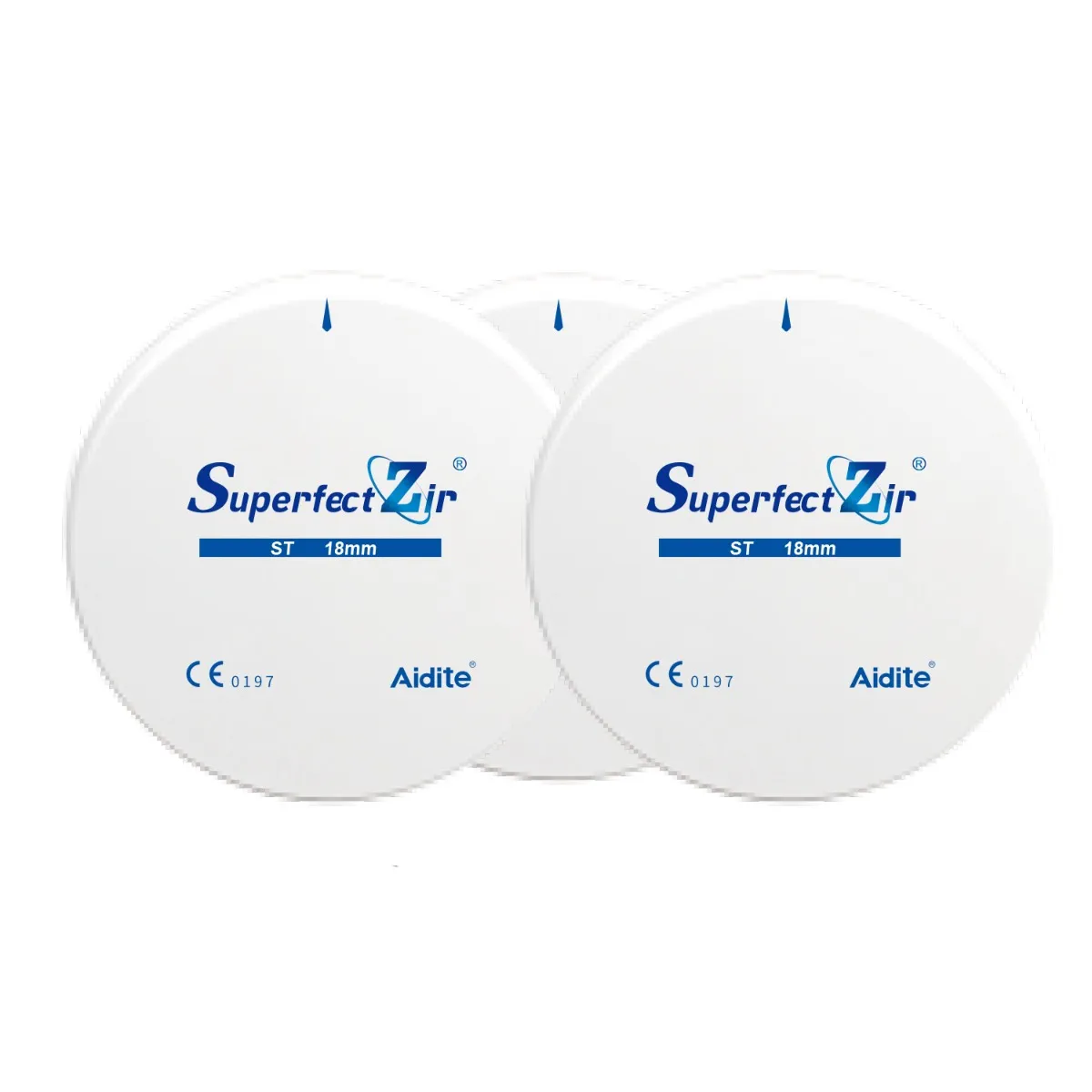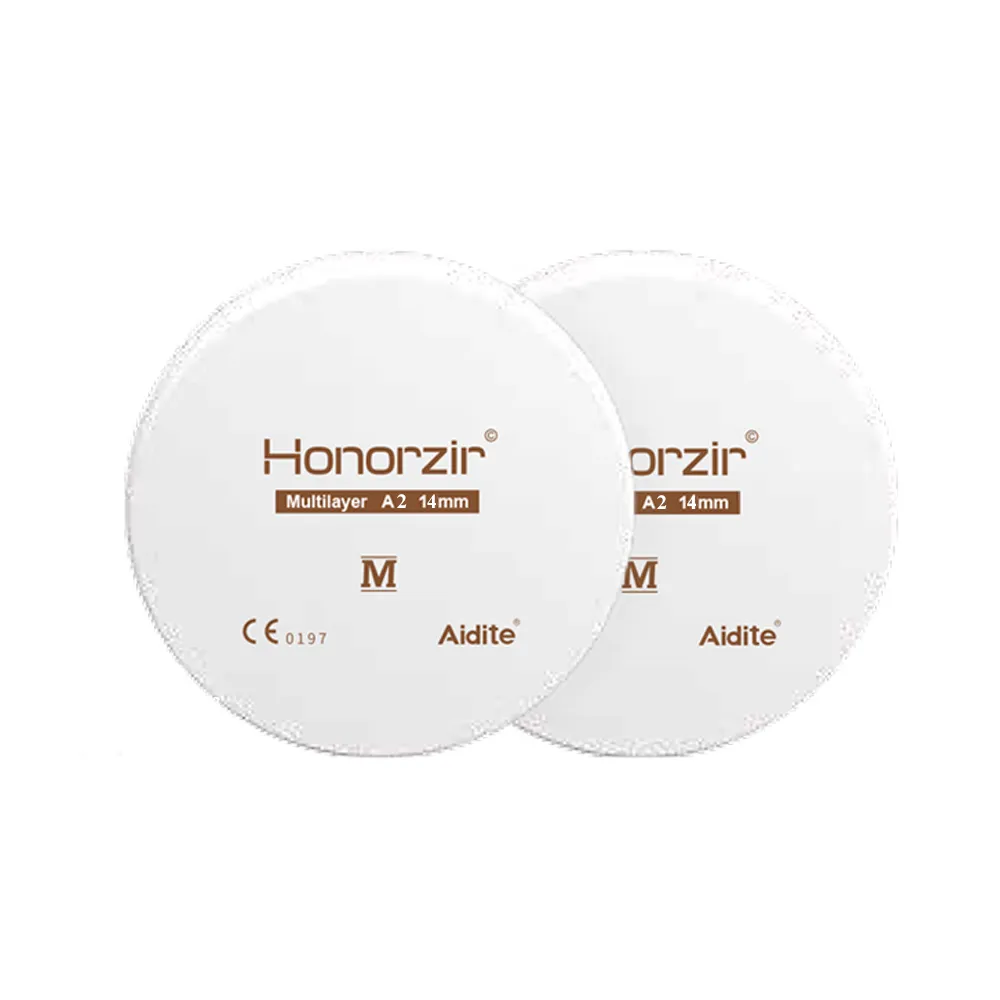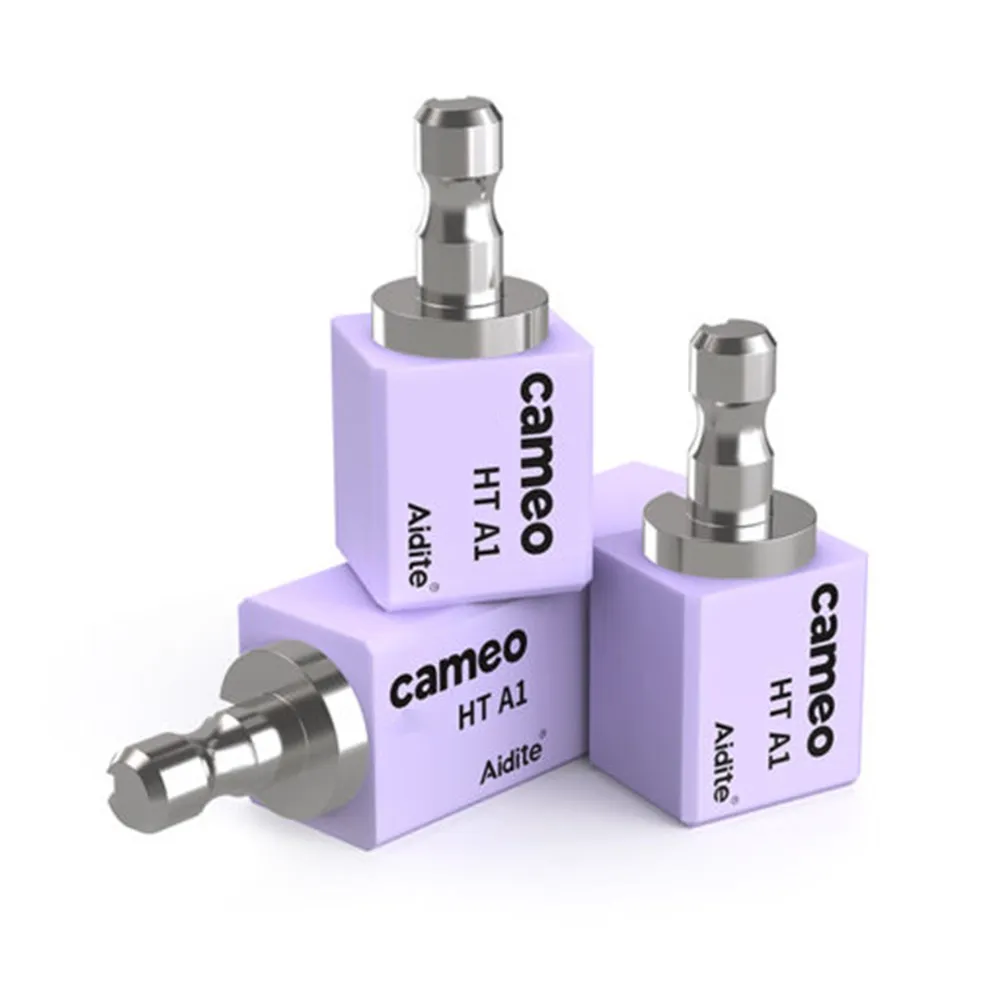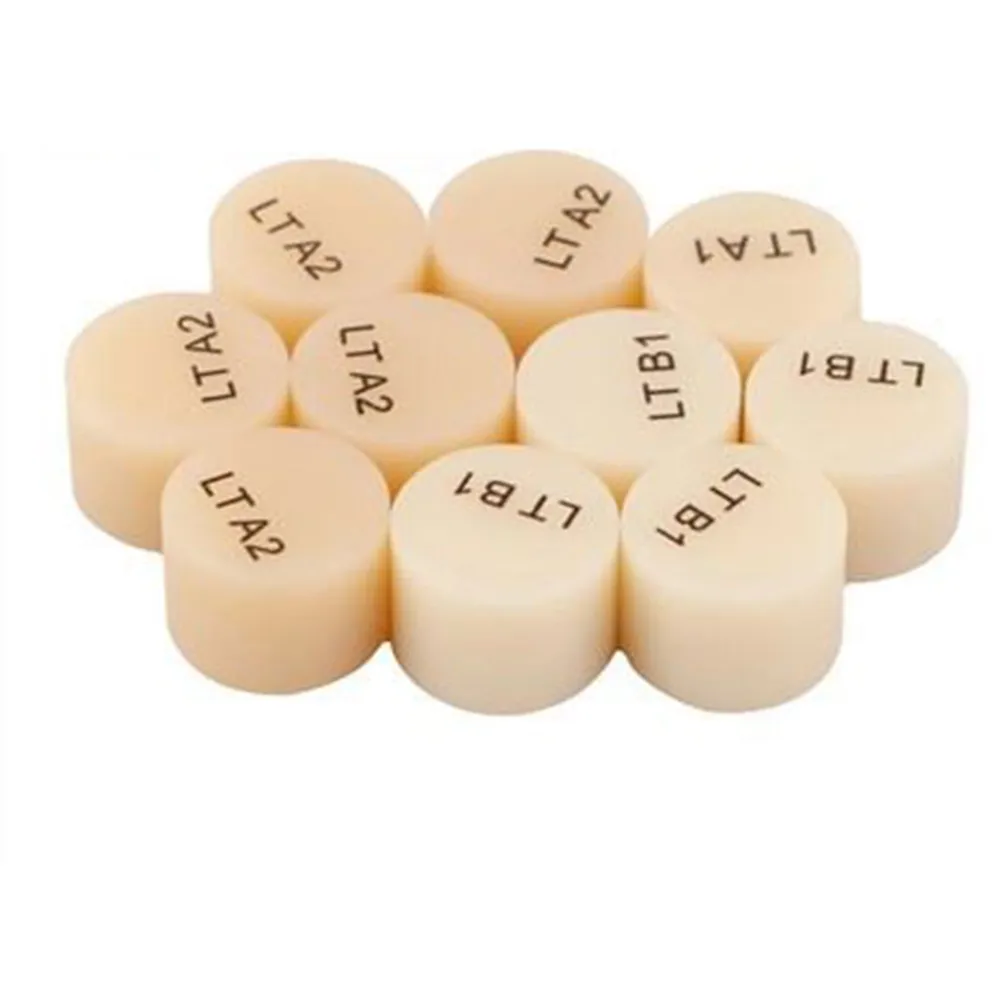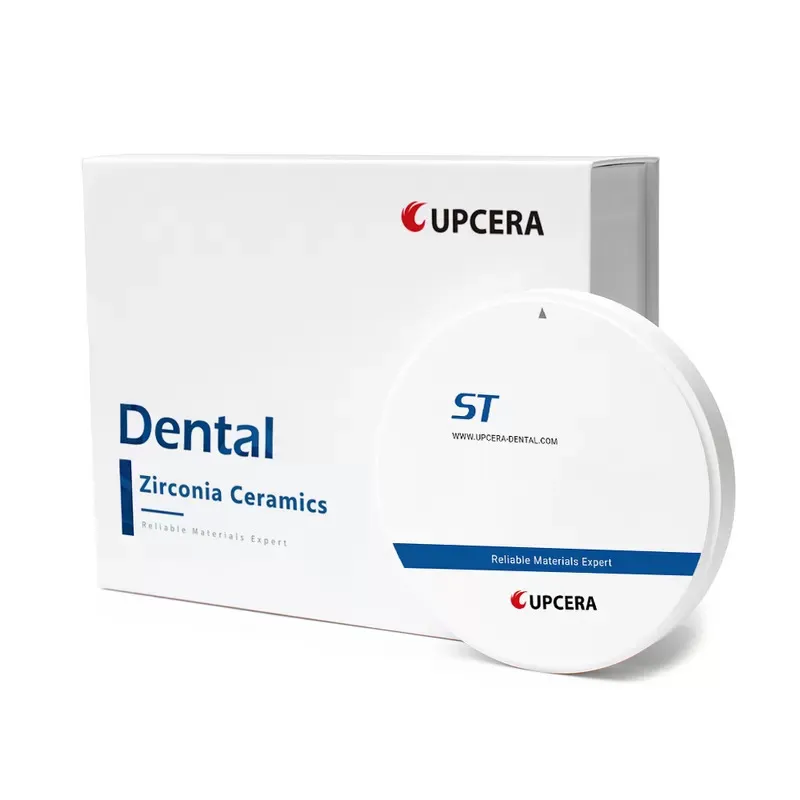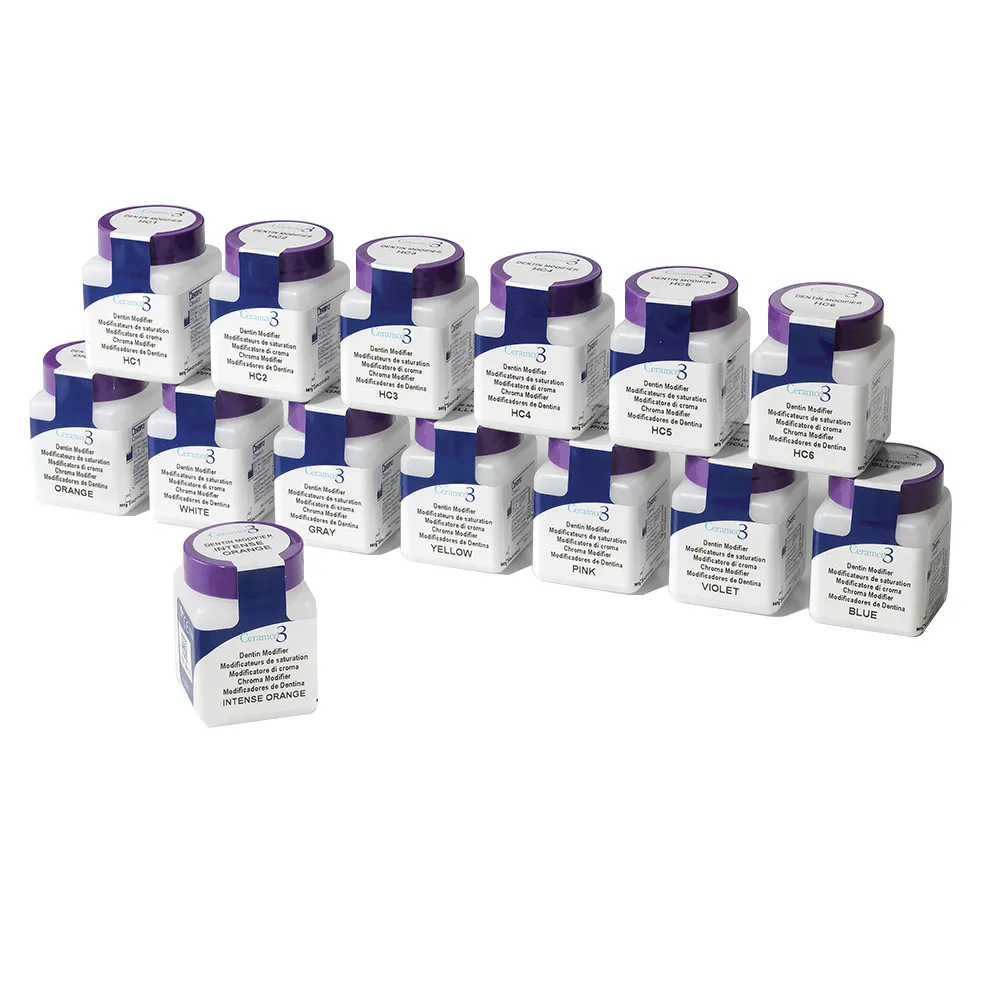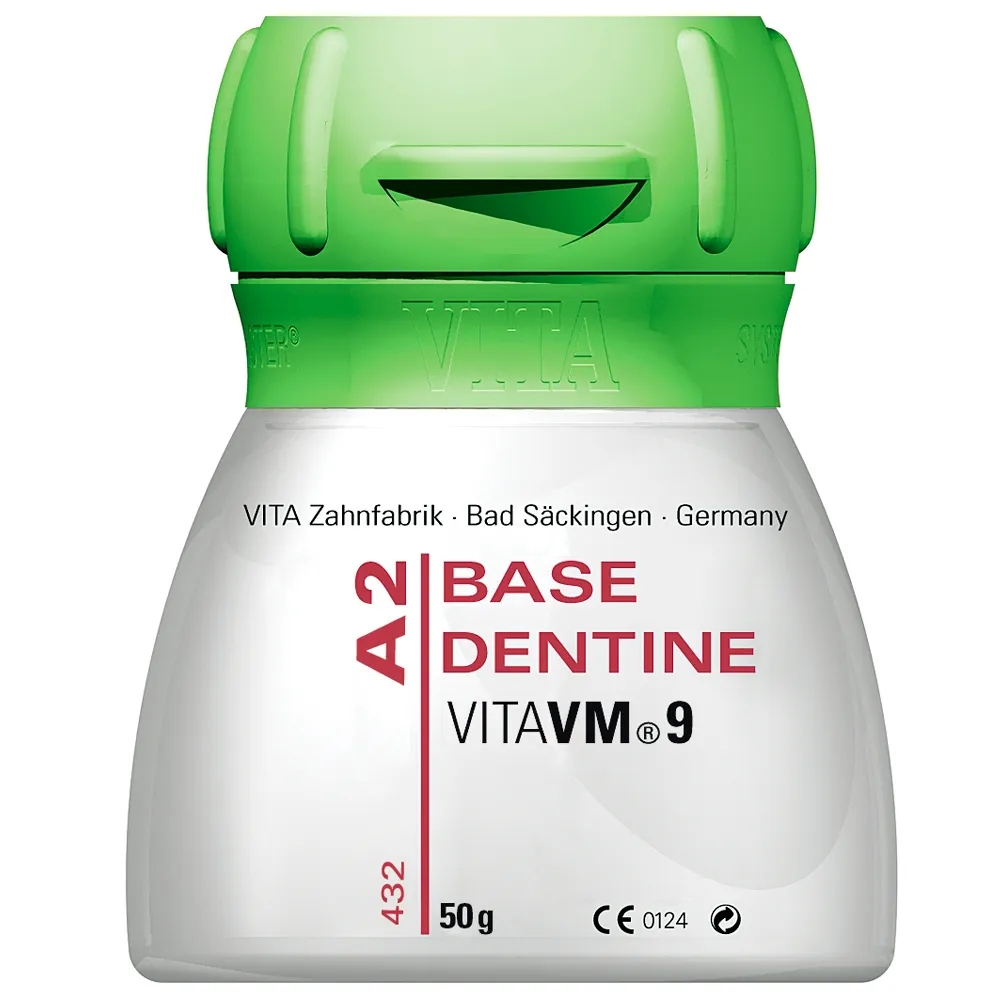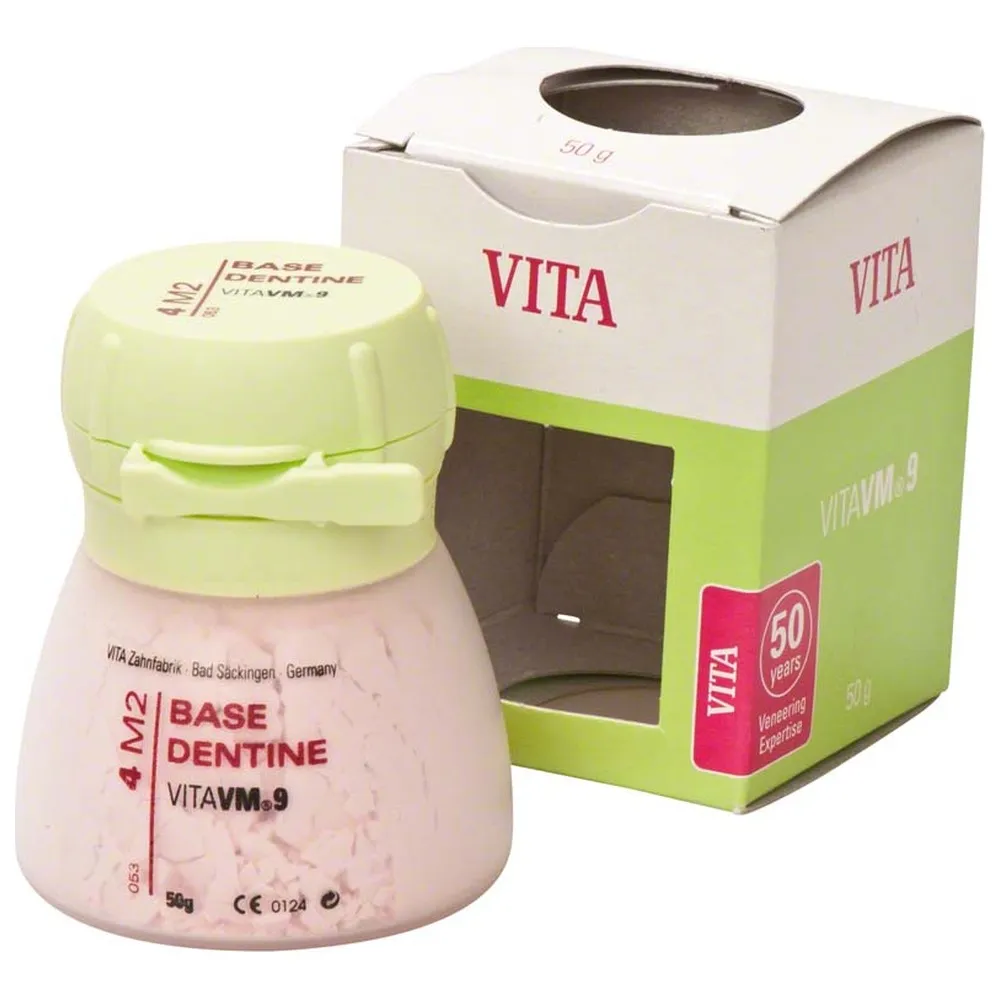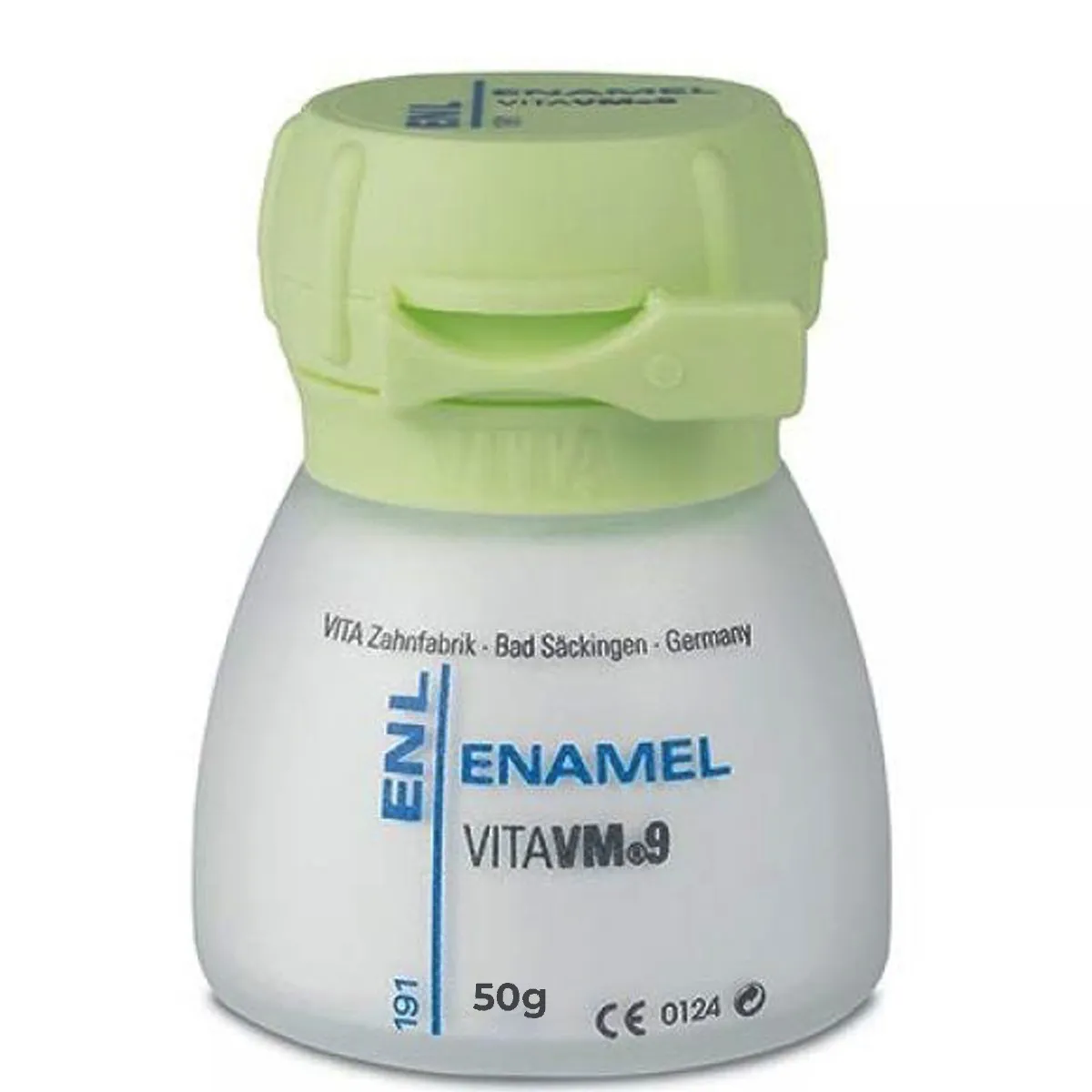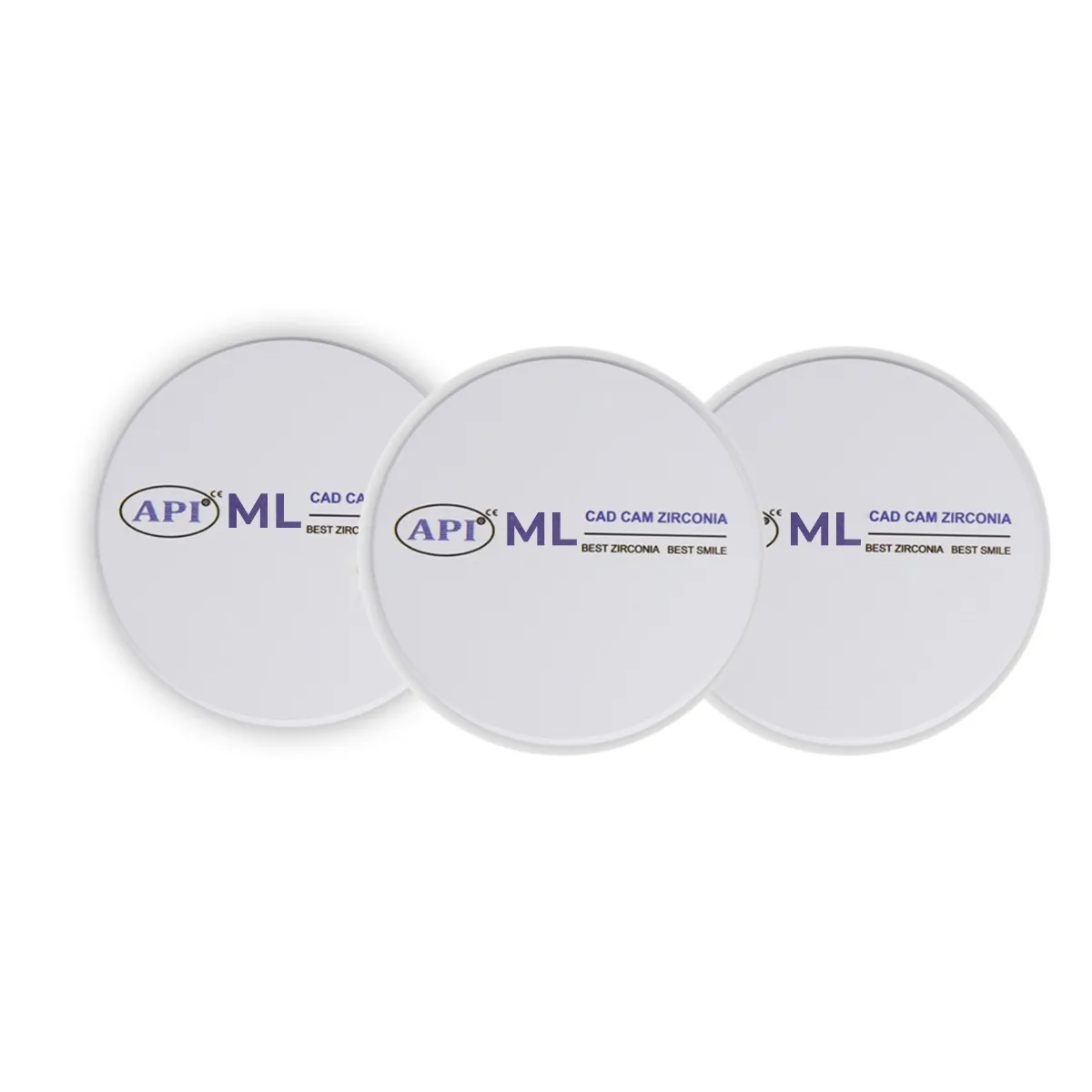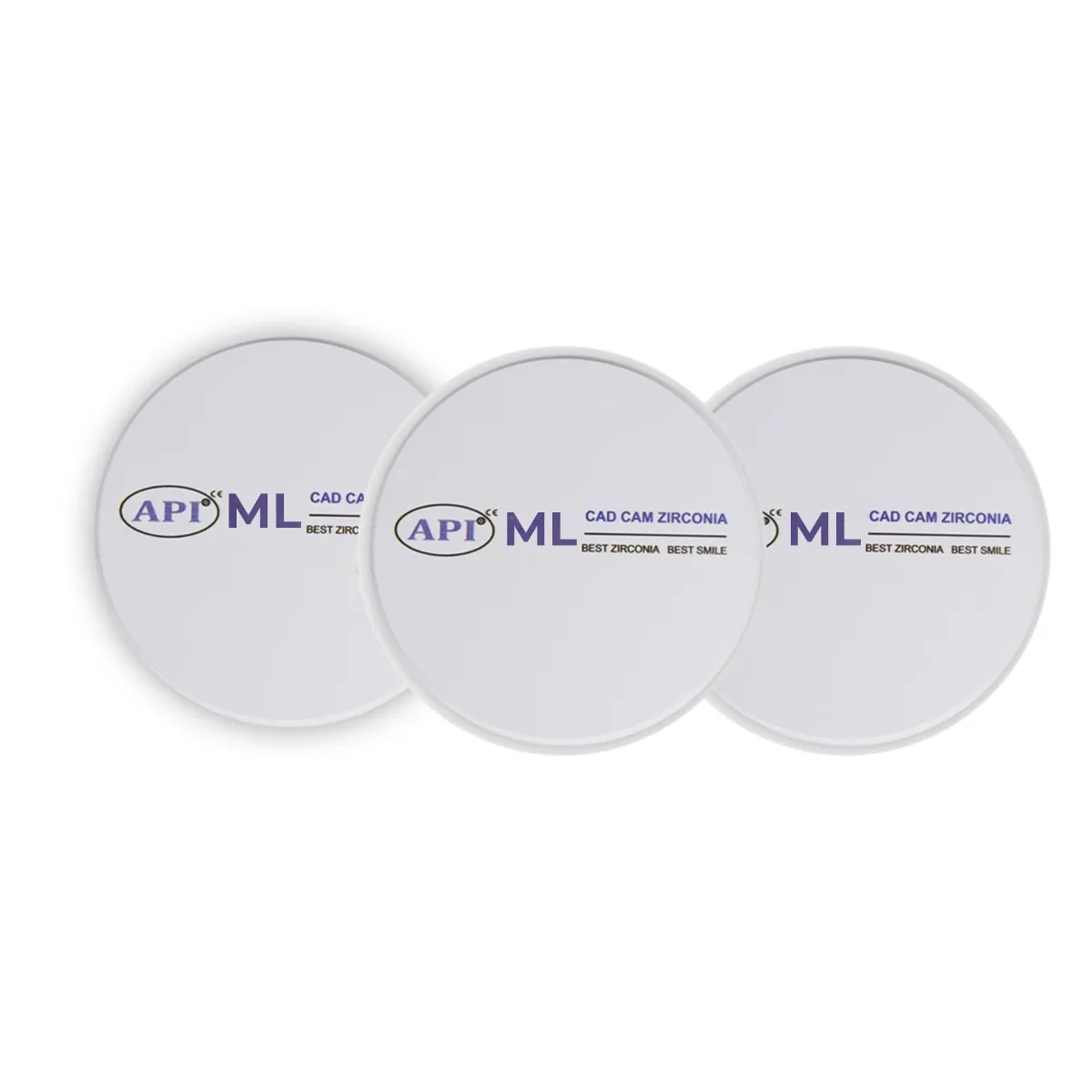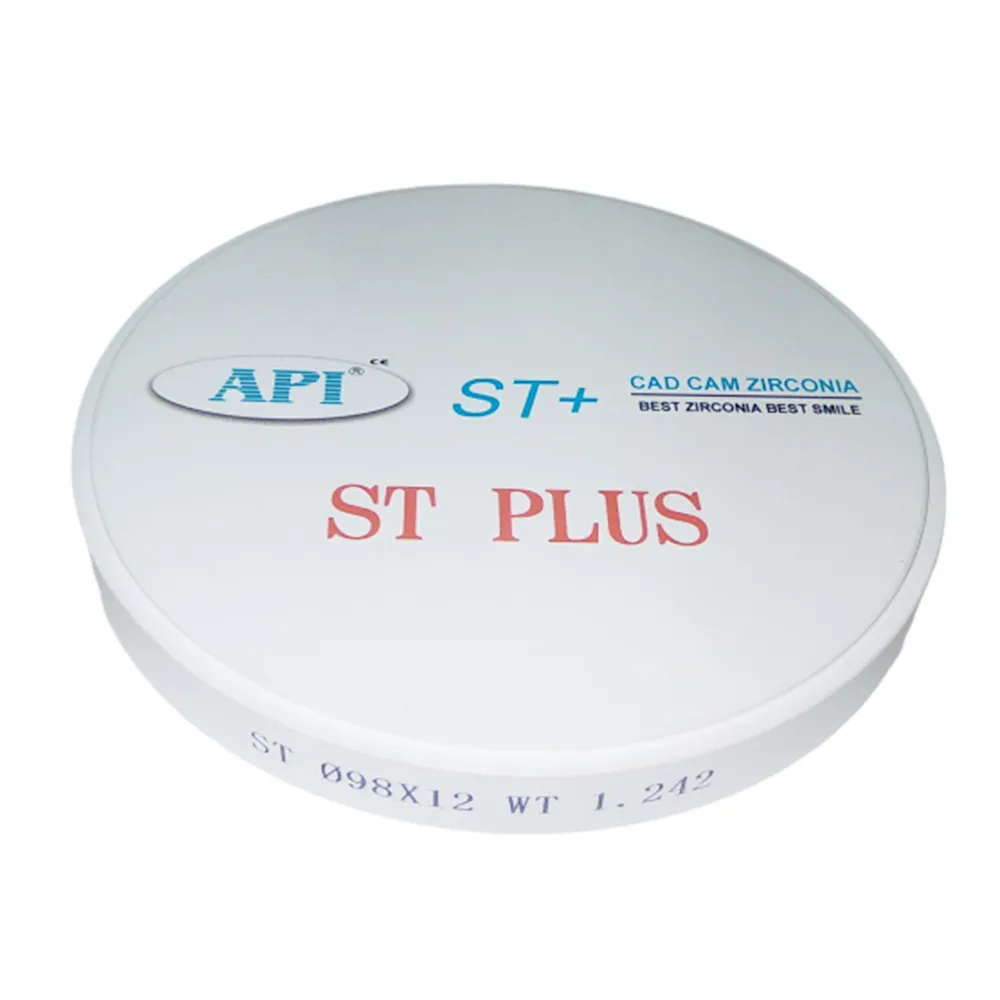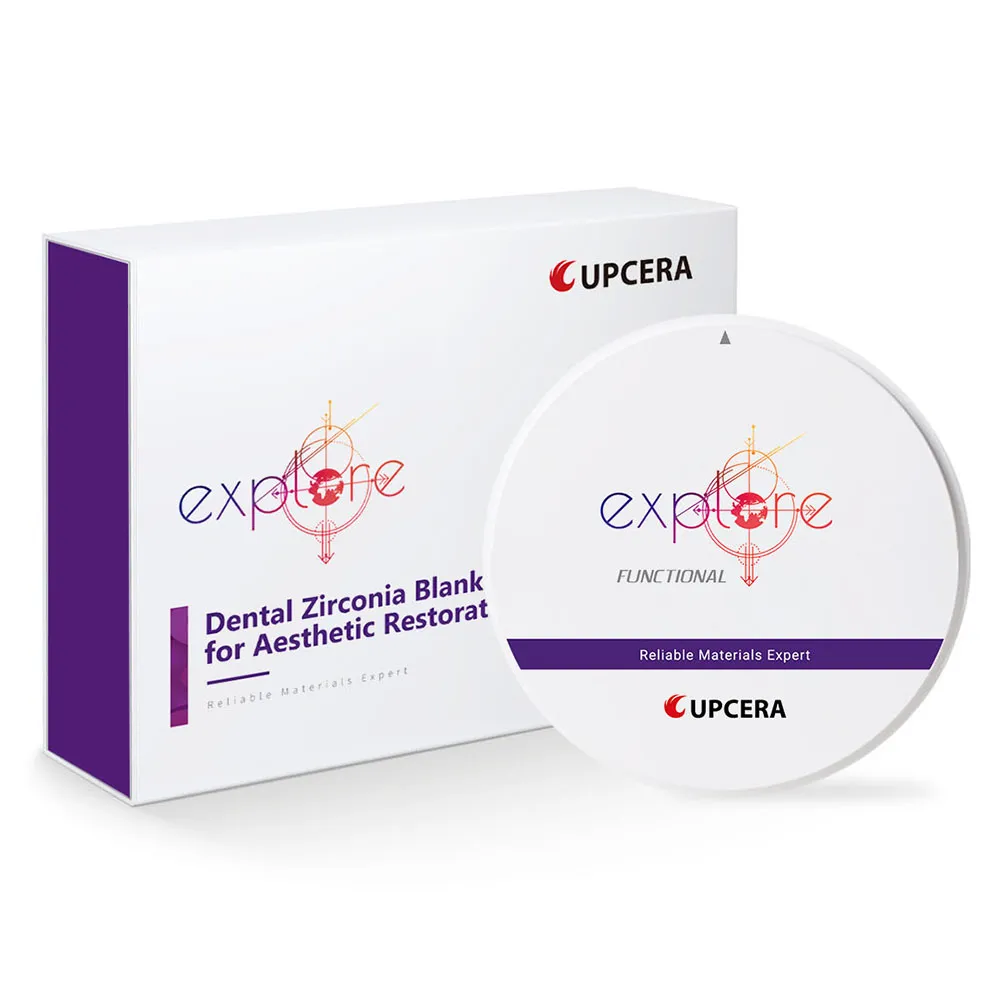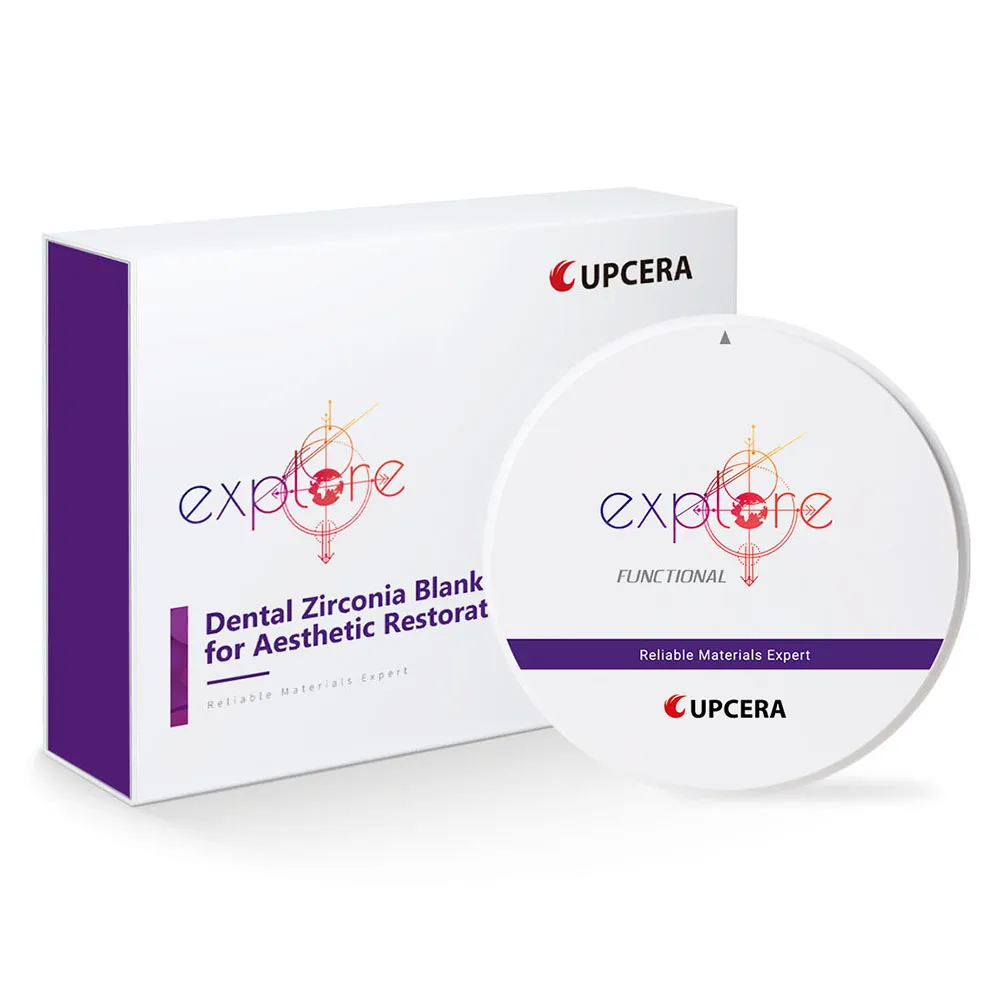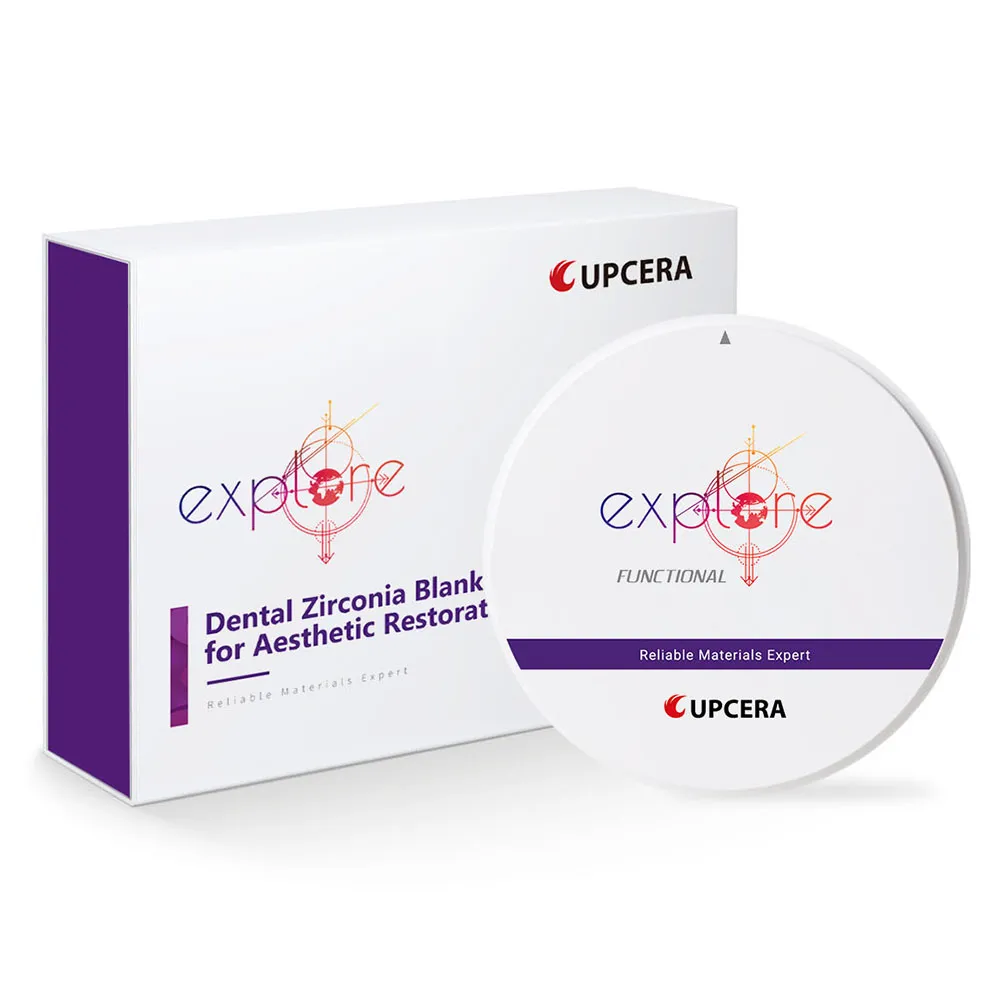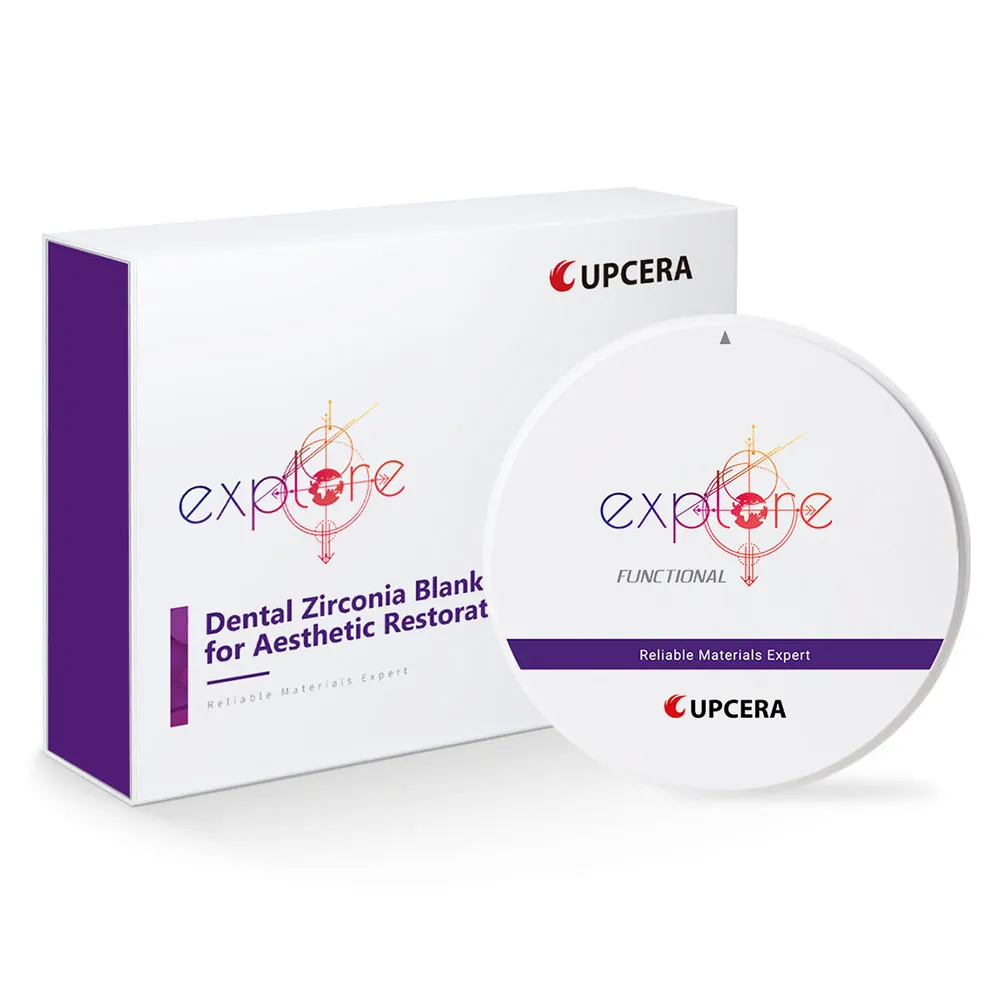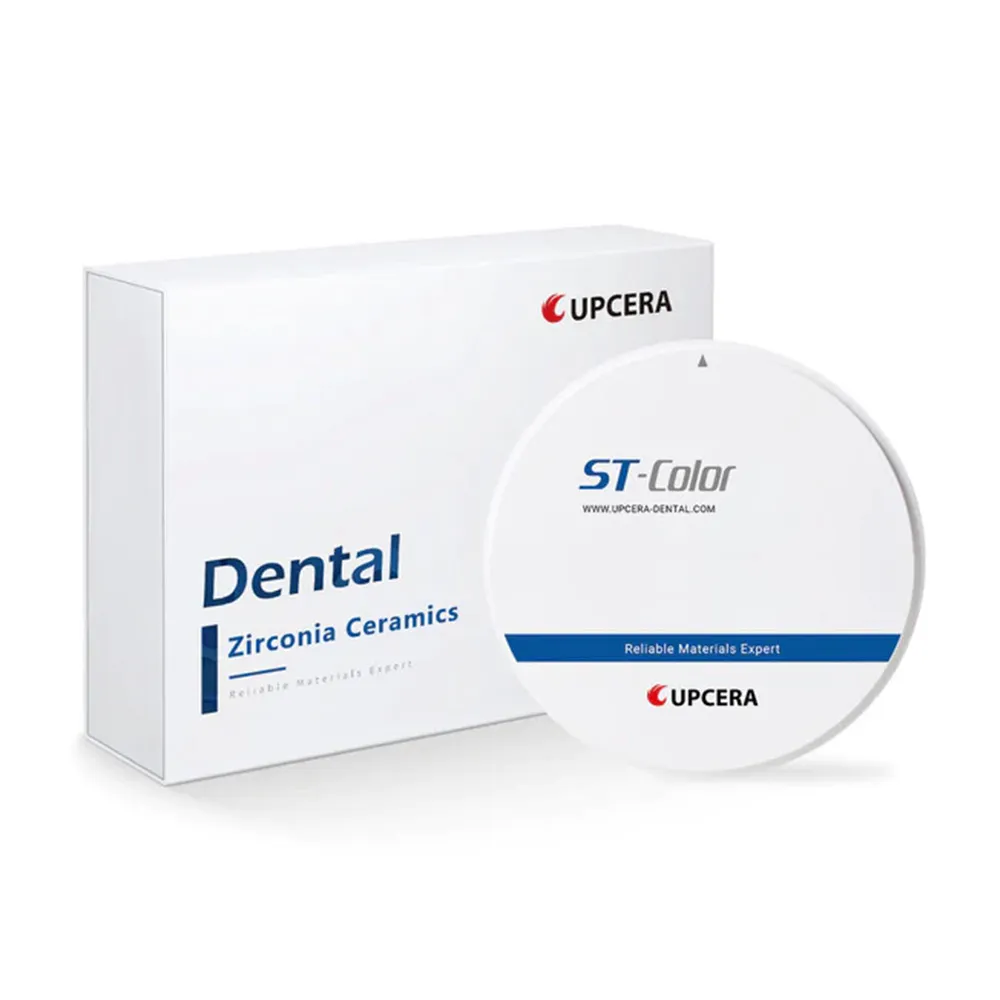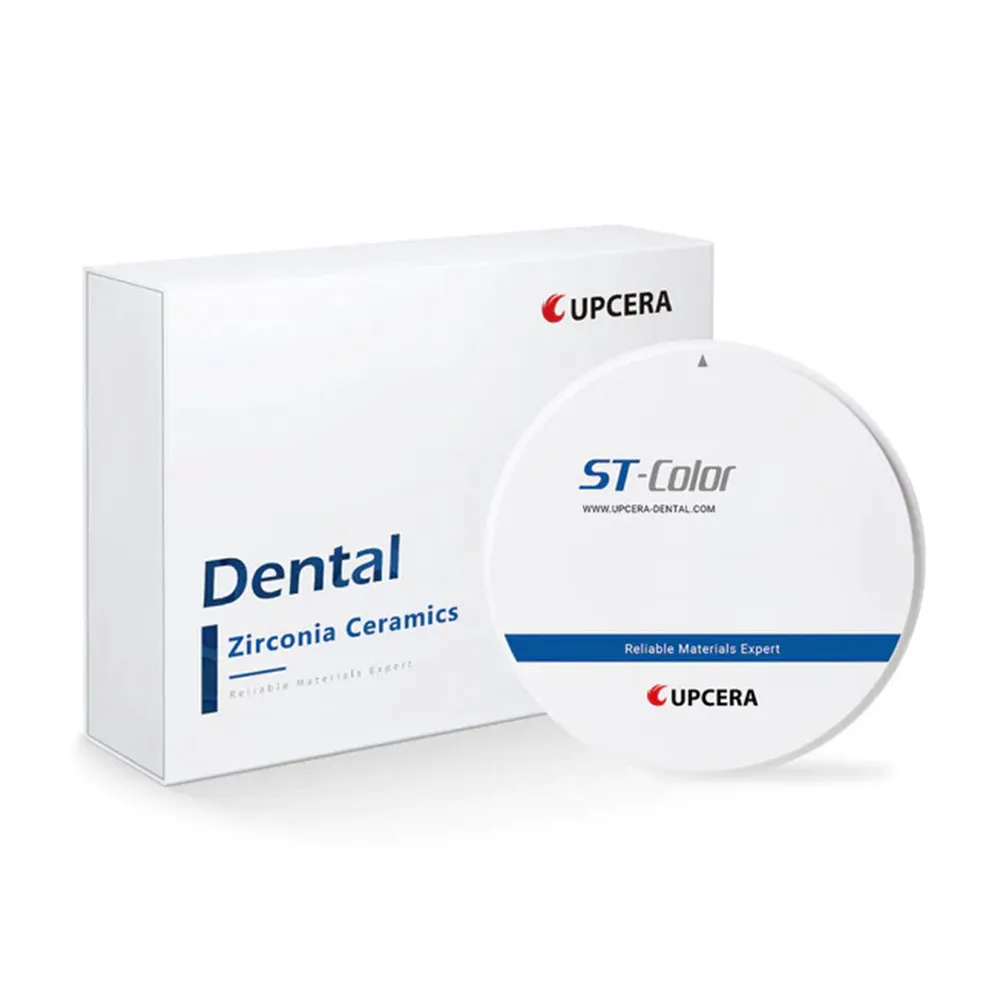Ceramics for Dental Laboratories
Dental ceramics are the artistic foundation of modern dentistry, where form meets function to create dental restorations. The precise selection of dental lab ceramics materials is paramount to achieving excellence in restorative and cosmetic dentistry. At Dentalkart, we understand the crucial role that dental ceramics play in the dental laboratory's creative process. Our dedicated "Ceramics" category is meticulously curated to meet the needs of dental professionals, offering an extensive selection of high-quality products from trusted brands like Aidite, API, Baot, Dentsply, Maarc, and Vita. Explore our comprehensive range of dental lab ceramics materials, each chosen to elevate the capabilities of dental laboratories.
Dental Lab Ceramics Materials in Dentistry:
Dental lab ceramics materials encompass a broad spectrum of specialized substances designed for crafting dental restorations with unmatched aesthetics, strength, and biocompatibility. These materials are the canvas upon which dental professionals paint their artistry, giving life to crowns, bridges, veneers, and other restorations.
Types of Lab Ceramic Materials:
- Zirconia Ceramics: Zirconia ceramics offer exceptional strength and durability, making them ideal for fabricating crowns, bridges, and implant restorations that withstand biting forces.
- Porcelain (Ceramic) Veneers: Porcelain veneers provide a lifelike appearance and are used to enhance the aesthetics of teeth by covering imperfections and discolorations.
- Dental Ceramic Liners: These materials are applied between metal frameworks and porcelain to improve bonding and prevent discoloration in metal-ceramic restorations.
- Dental Ceramic Powders: Ceramic powders are used to create the ceramic layer in layered or build-up restorations, allowing for detailed customization of shade and translucency.
- Pressable Ceramics: Pressable ceramics enable the creation of highly esthetic restorations using a hot pressing technique, resulting in lifelike, translucent crowns and veneers.
- Ceramic Stains and Glazes: Stains and glazes are applied to ceramic restorations to achieve the desired color and surface finish, enhancing their natural appearance.
Dentalkart is committed to providing dental professionals with a comprehensive range of high-quality dental lab ceramics materials sourced from reputable brands. Our Ceramics category showcases a diverse selection of materials, each carefully chosen to meet the unique requirements of dental laboratories.
Q: Why are dental lab ceramics materials important in restorative dentistry?
A: Dental lab ceramics materials are crucial in restorative dentistry because they enable the creation of durable, natural-looking dental restorations that enhance both aesthetics and function in a patient's mouth.
Q: Are there different shades and translucencies available in dental ceramics materials?
A: Yes, dental ceramics materials come in various shades and translucencies to match the unique characteristics of natural teeth.
Q: How do I bond ceramic restorations to the tooth structure effectively?
A: Effective bonding of ceramic restorations requires the use of dental adhesive systems and luting cements specifically designed for ceramics.
Q: How can I handle and store ceramic materials to maintain their quality and prevent contamination?
A: Ceramic materials should be stored in a controlled environment, away from humidity and direct sunlight. Avoid contamination by using clean, dedicated tools and workspaces.
Q: How do I troubleshoot common issues encountered during the fabrication of ceramic restorations?
A: Troubleshooting may involve addressing issues like chipping, cracking, or shade discrepancies. Proper technique, material selection, and consultation with colleagues or manufacturers can help resolve these problems.
















